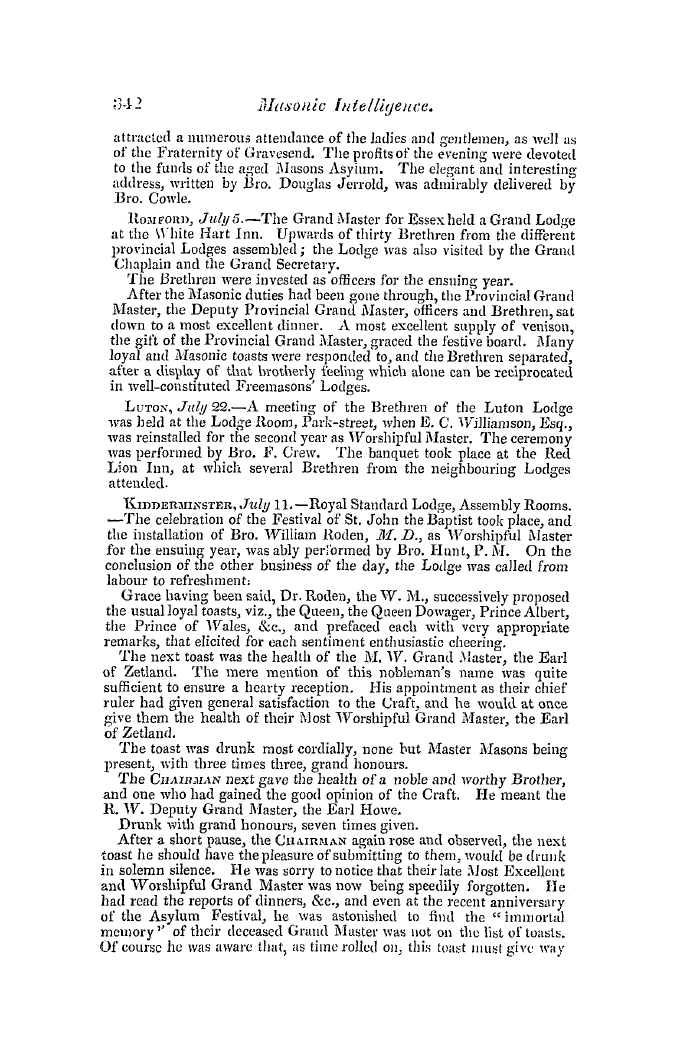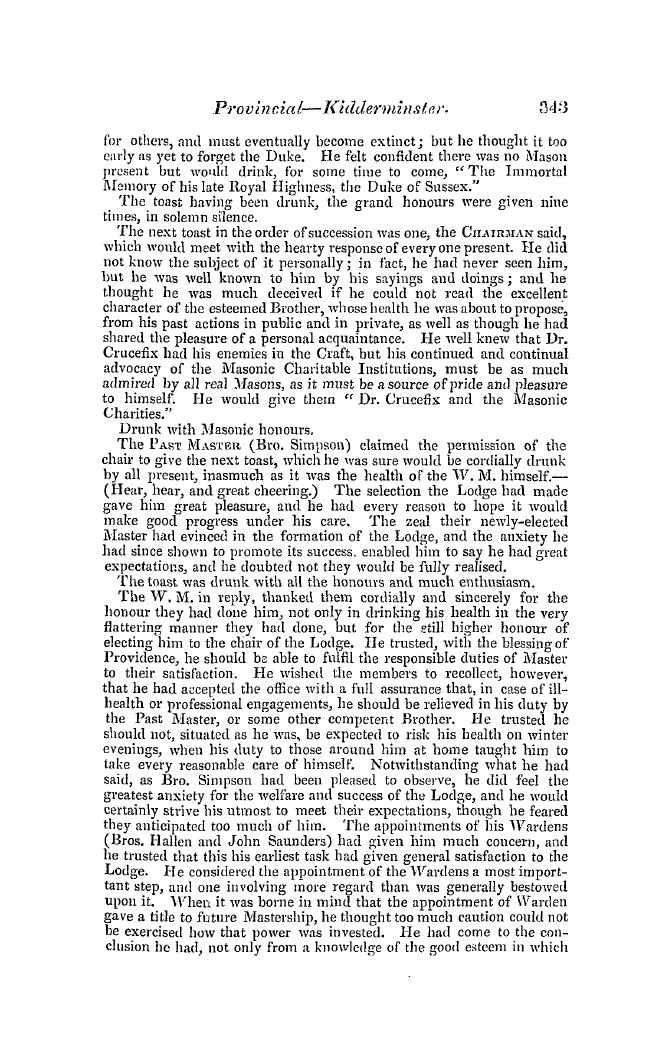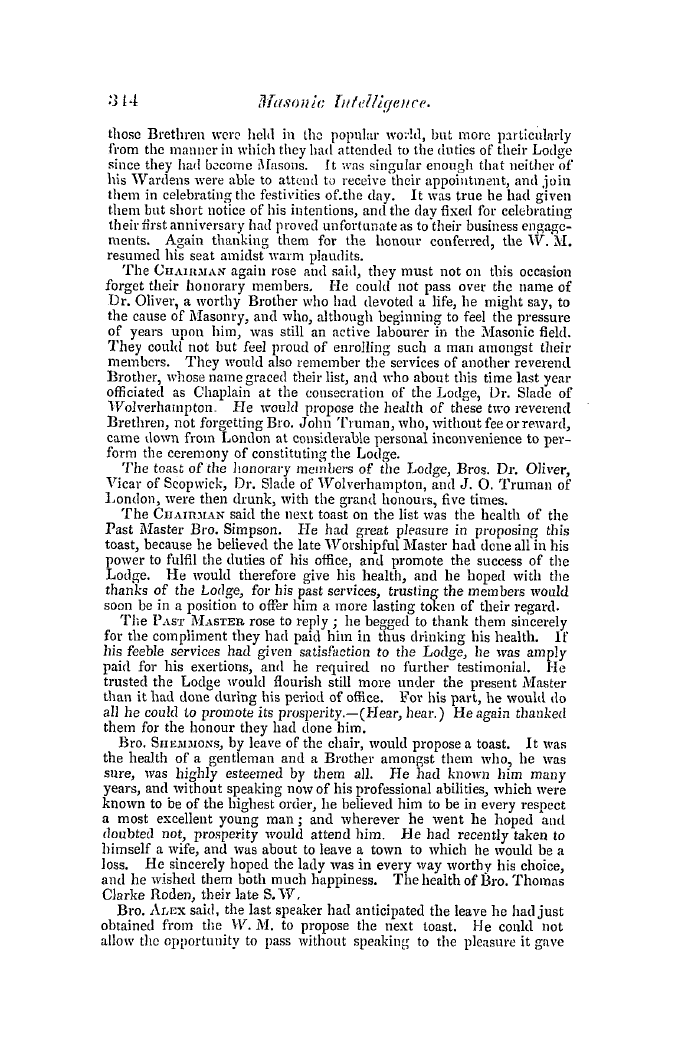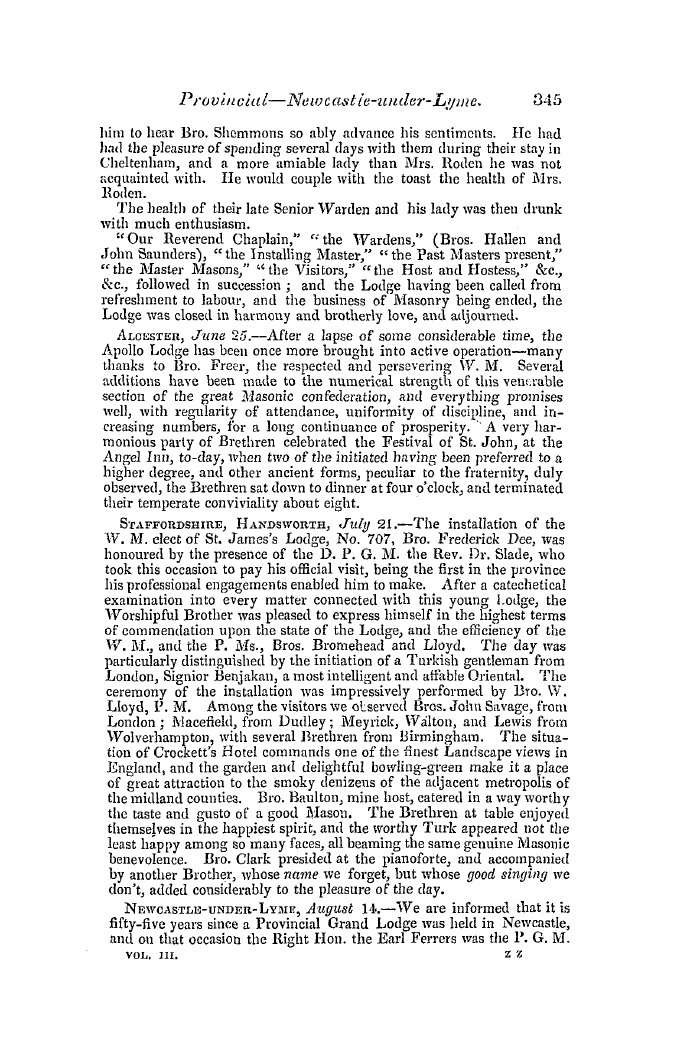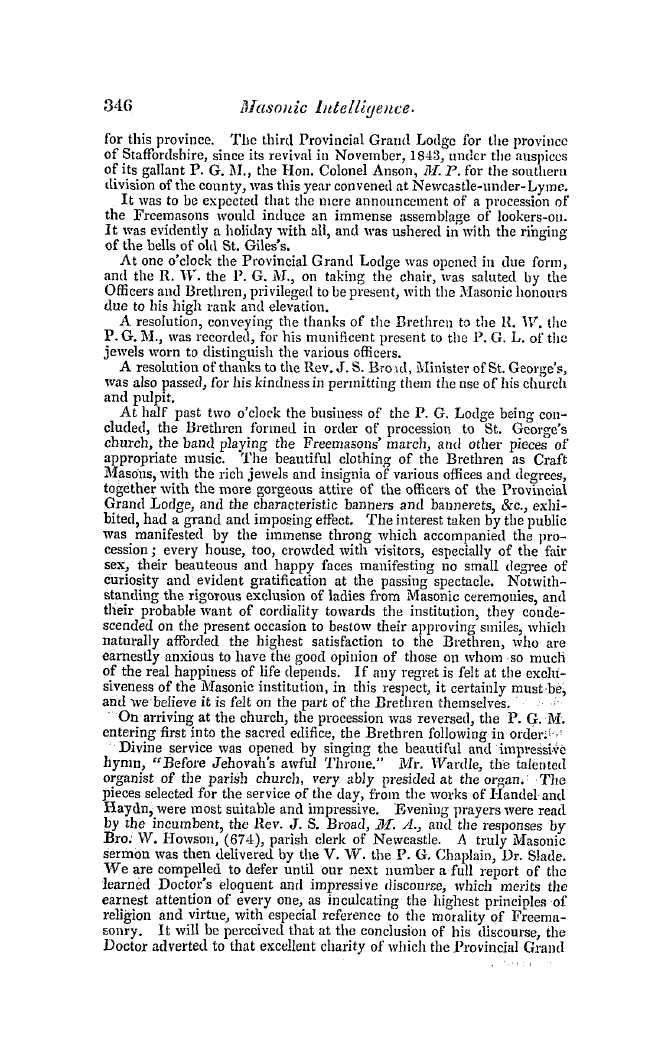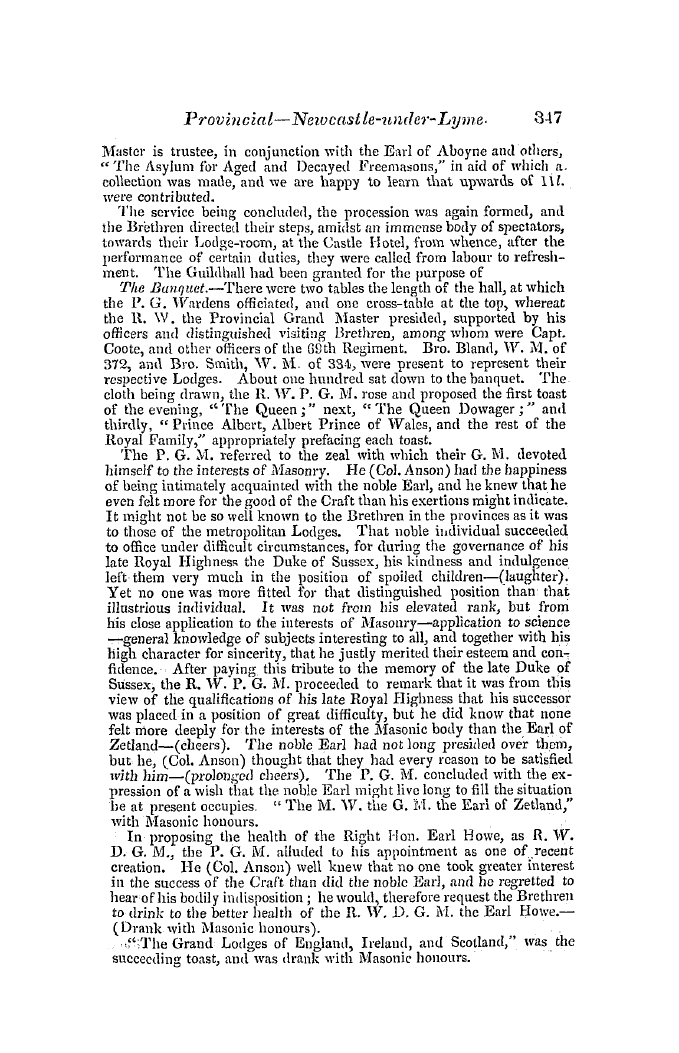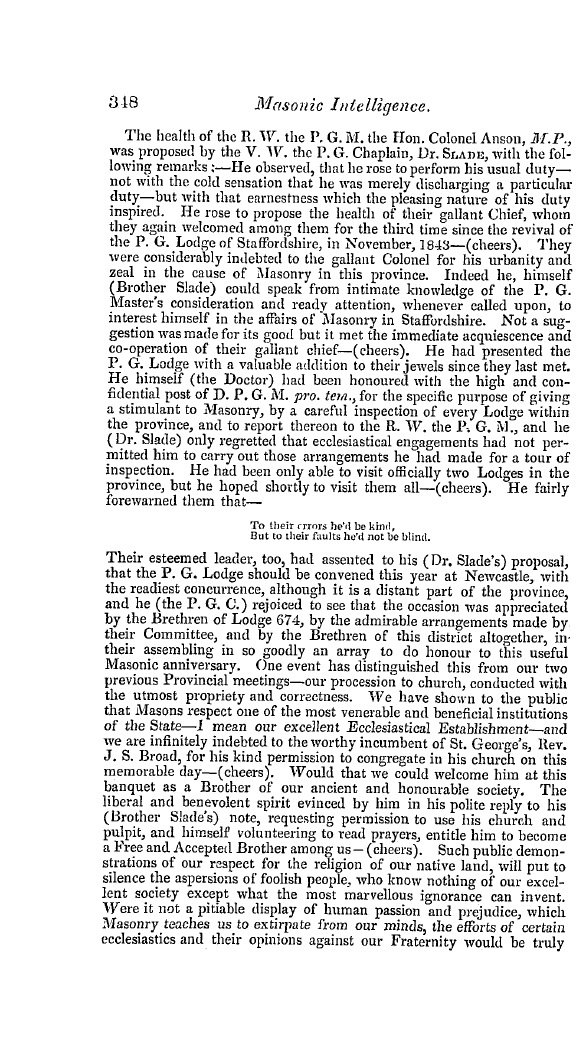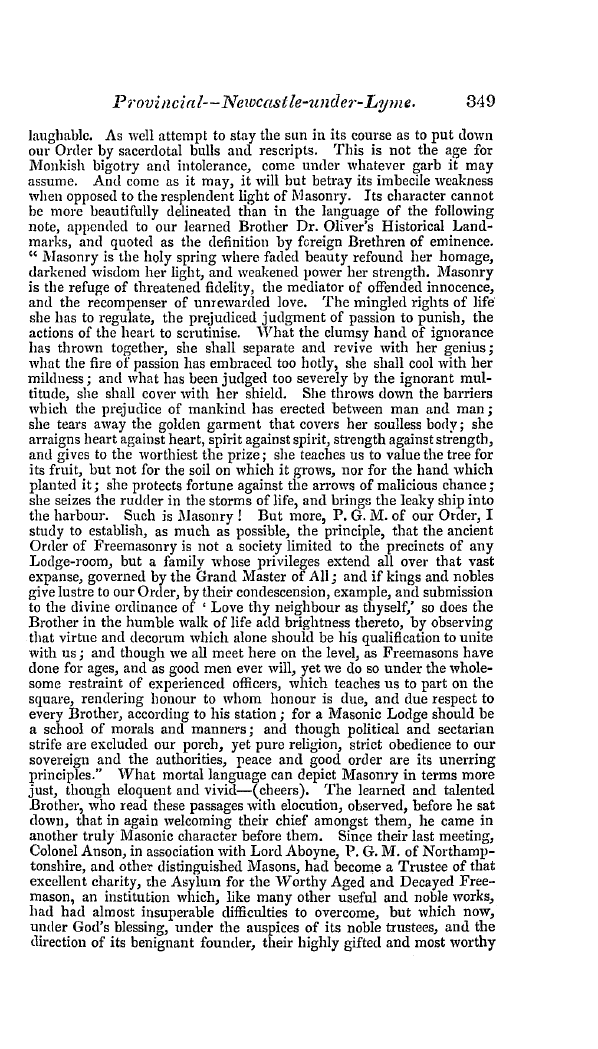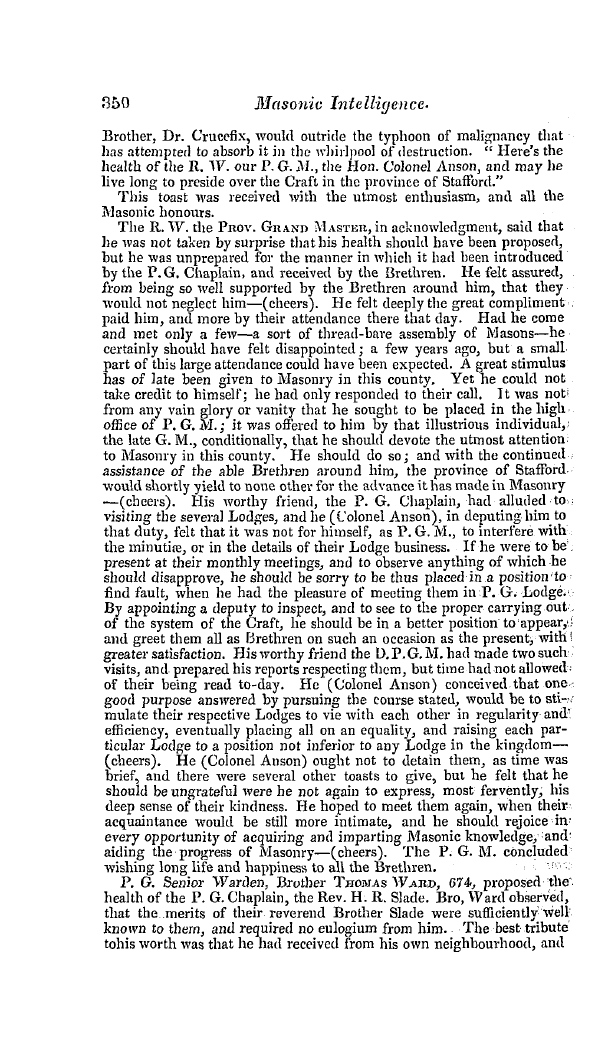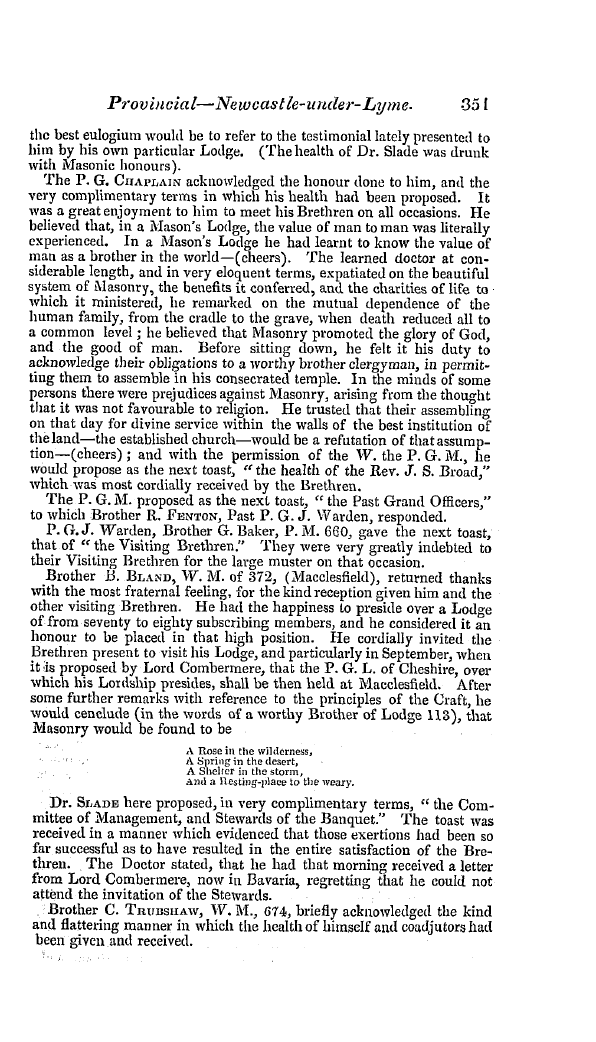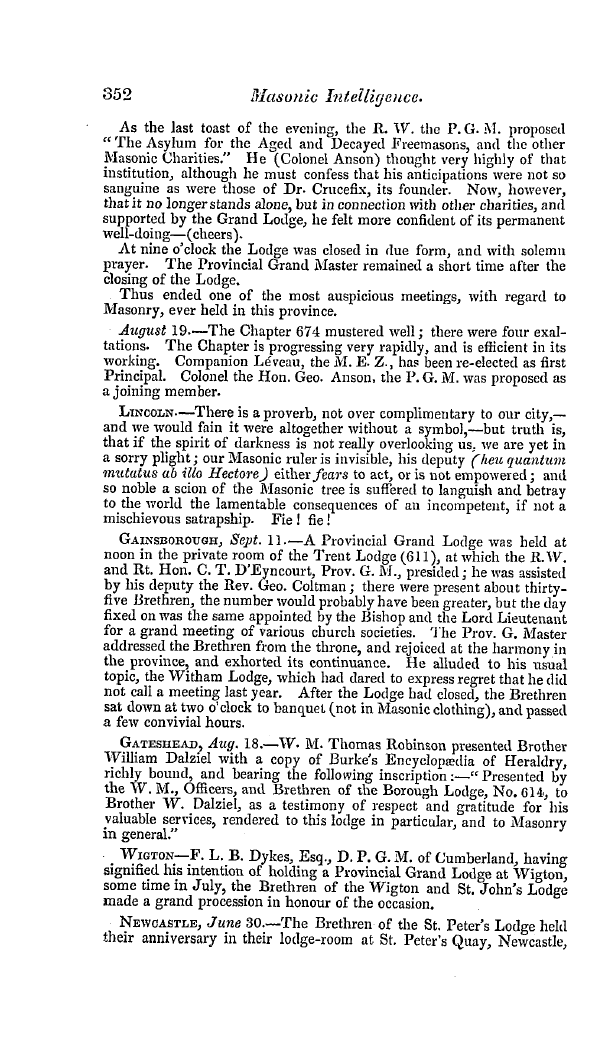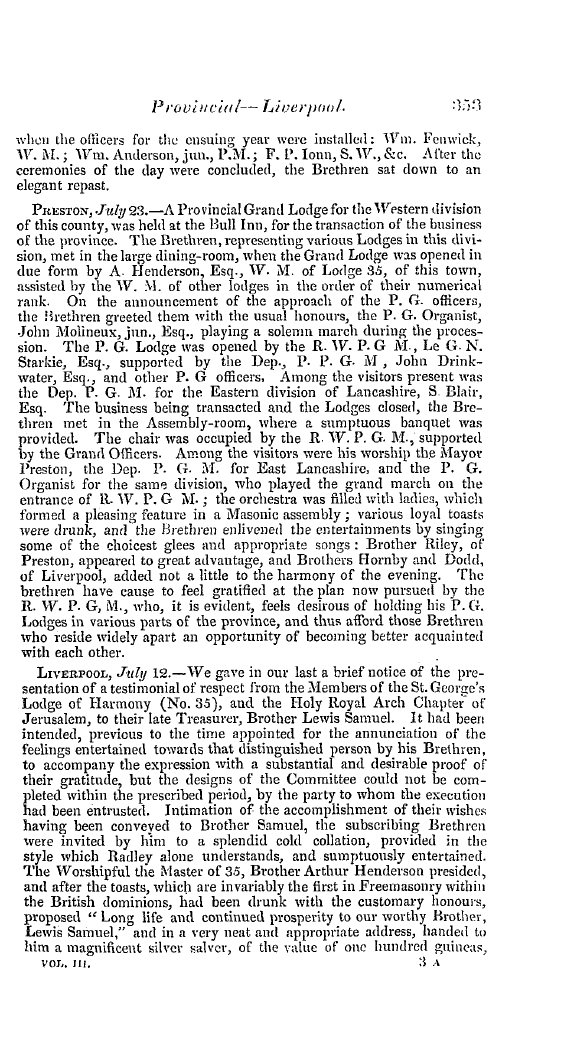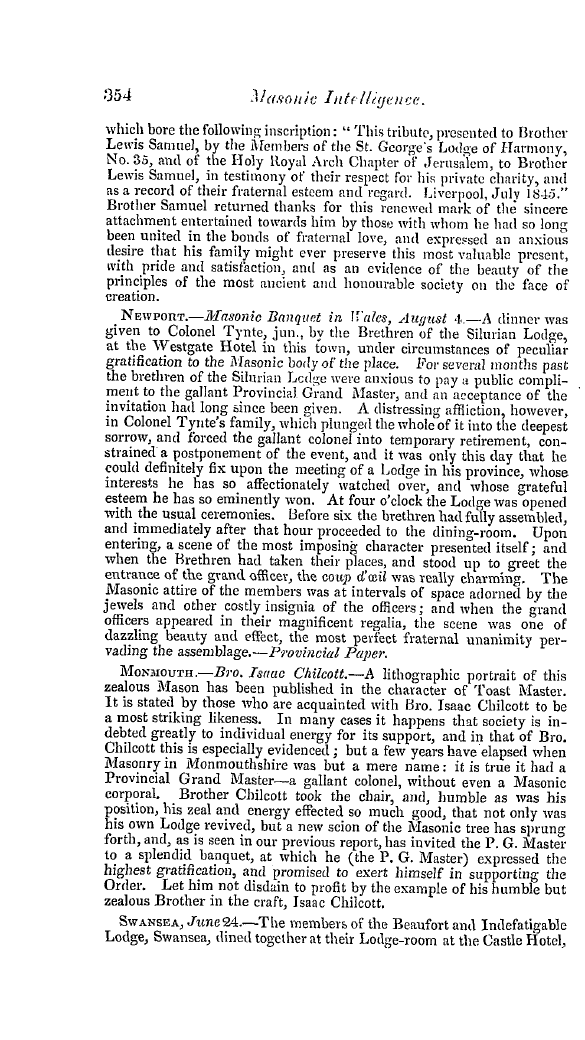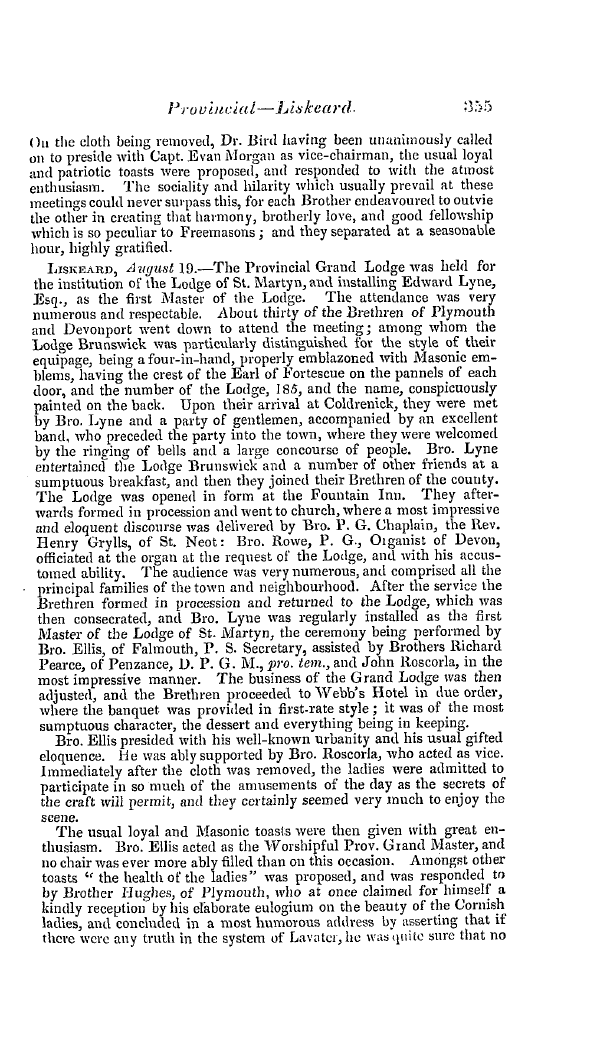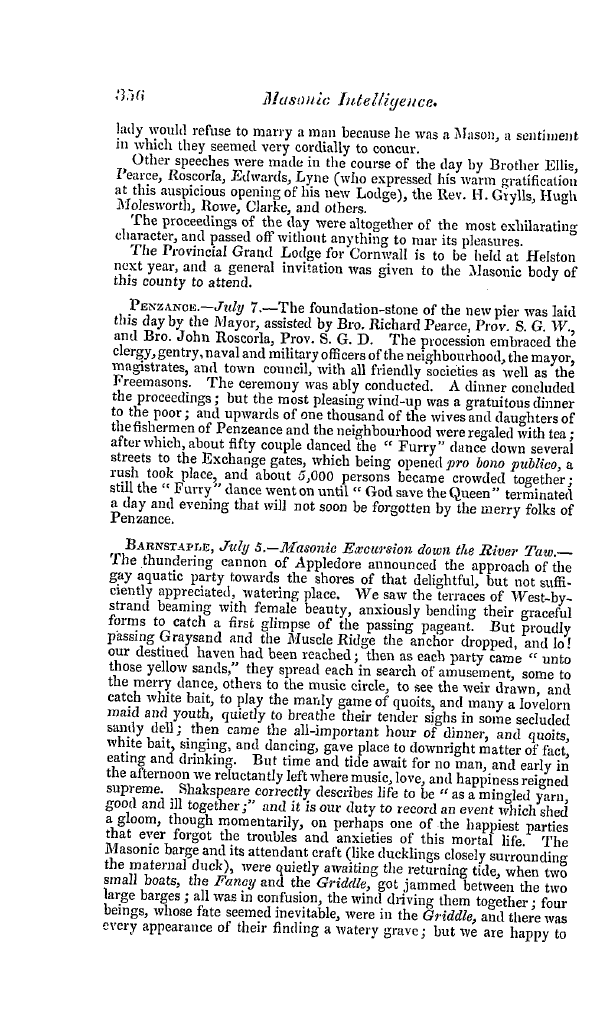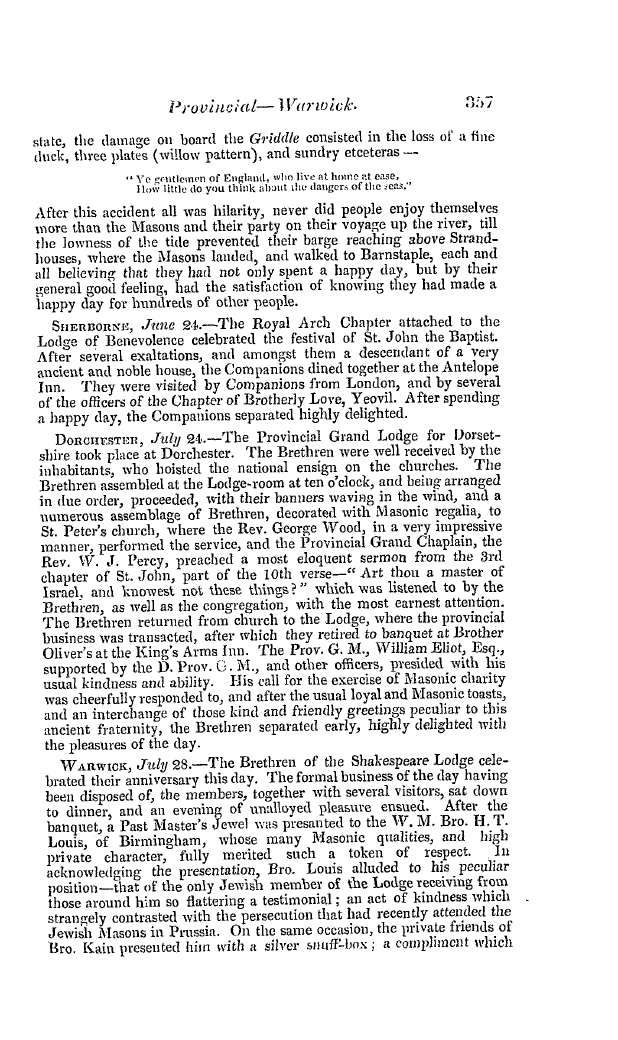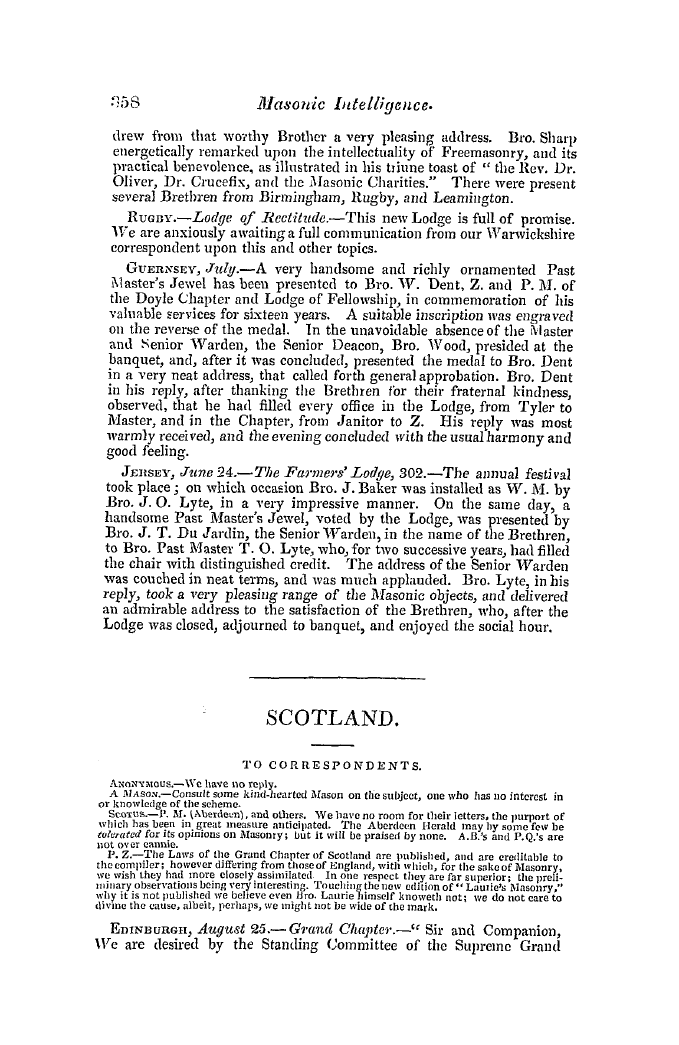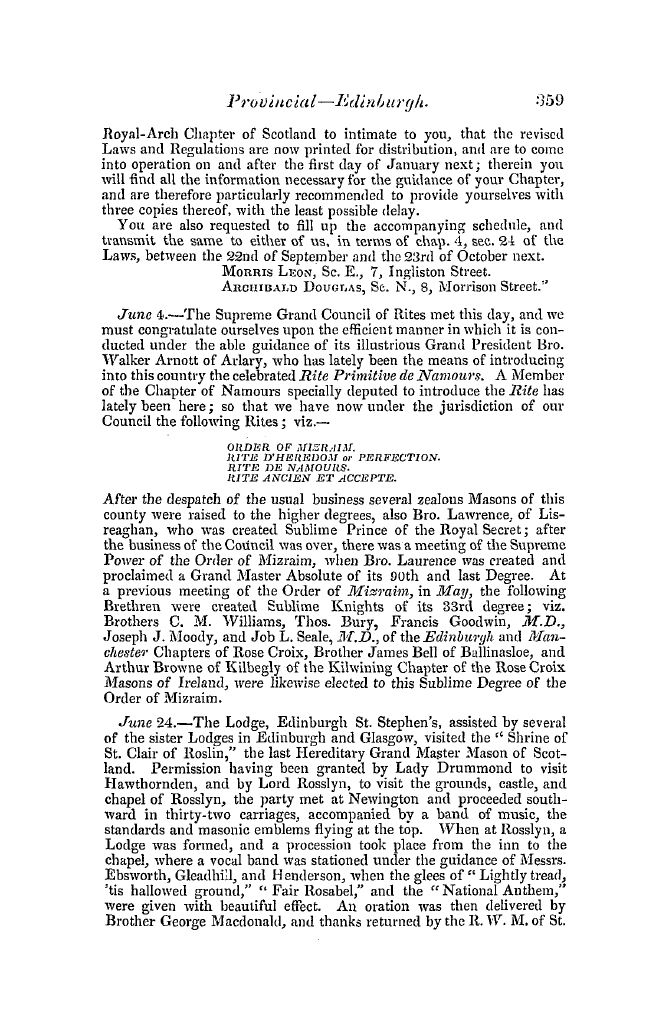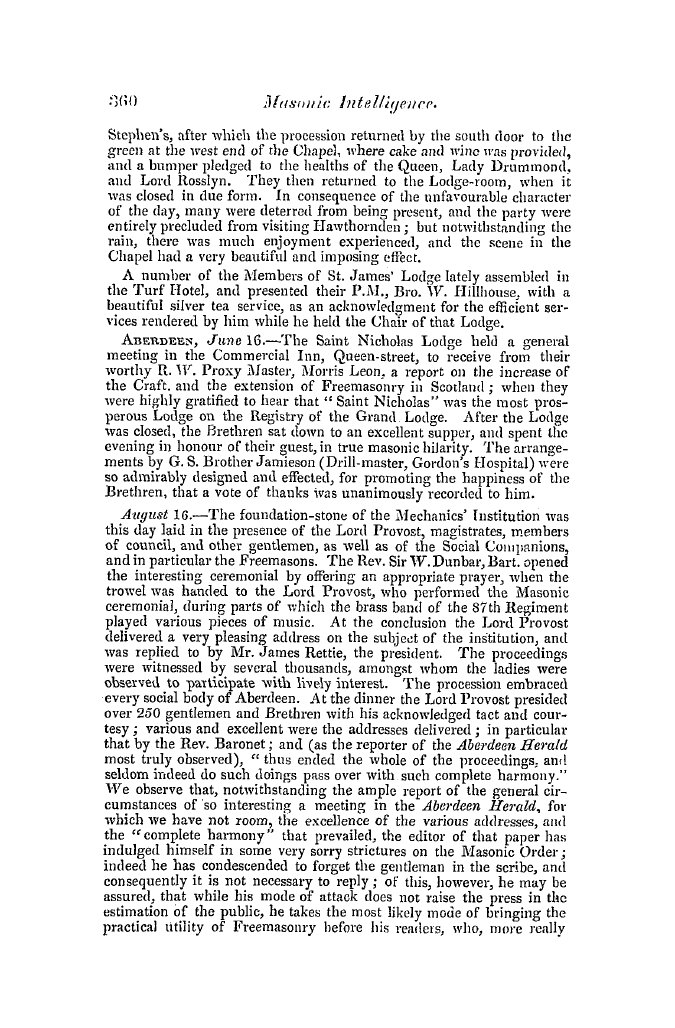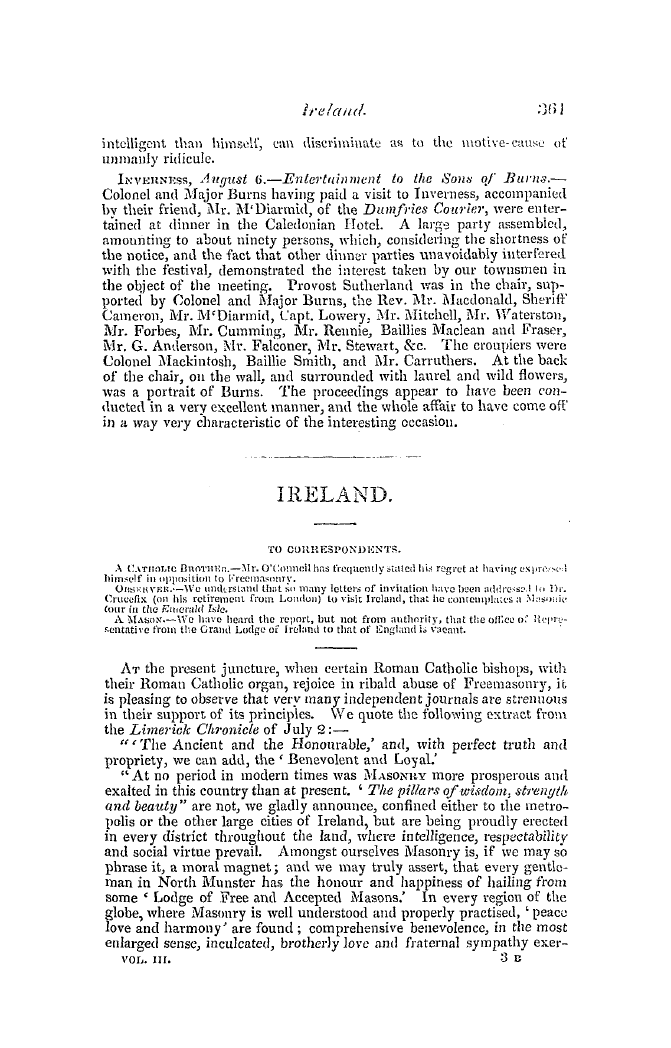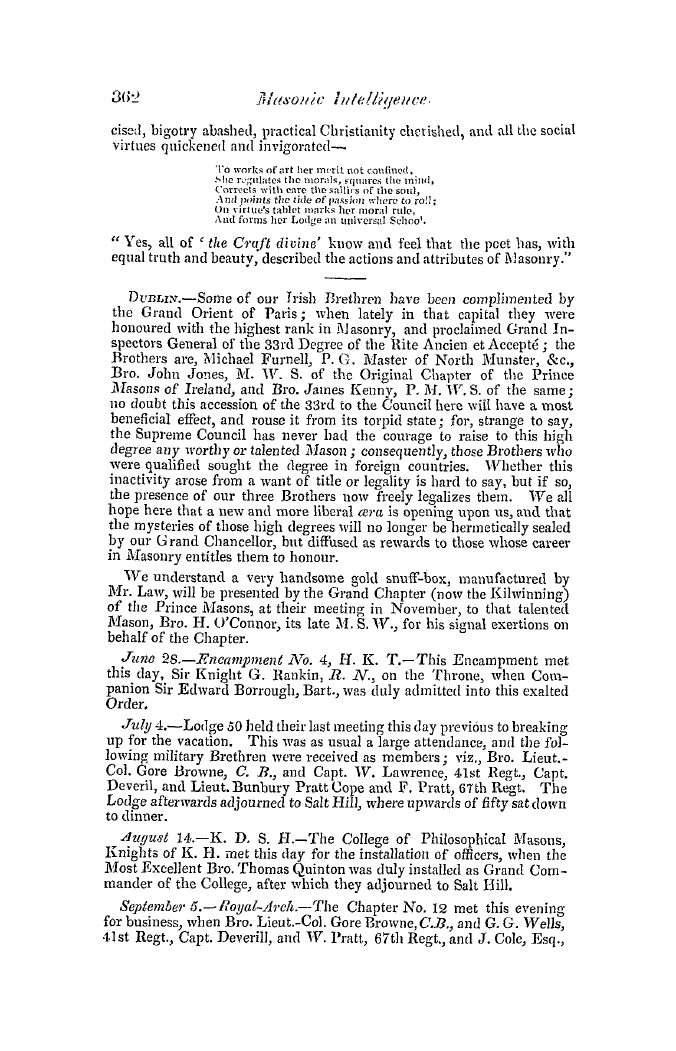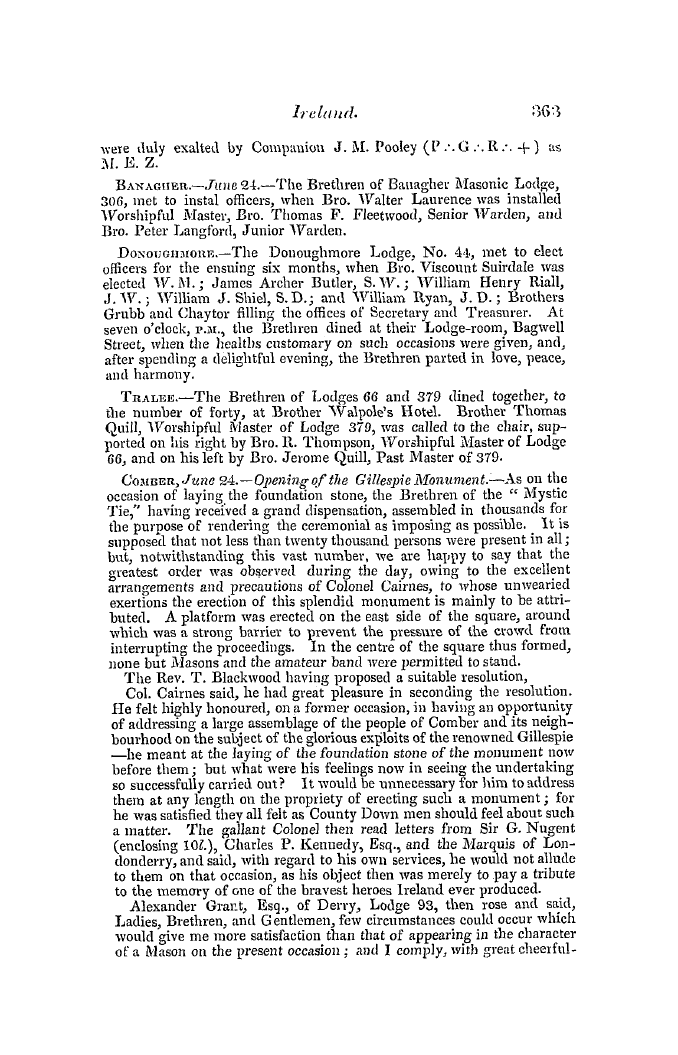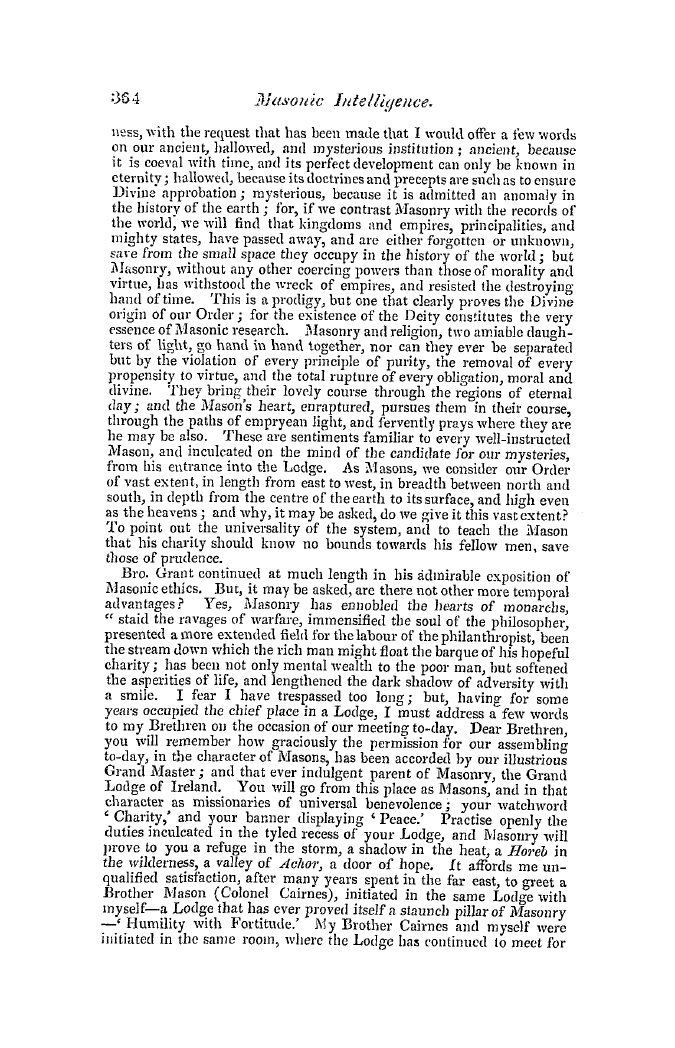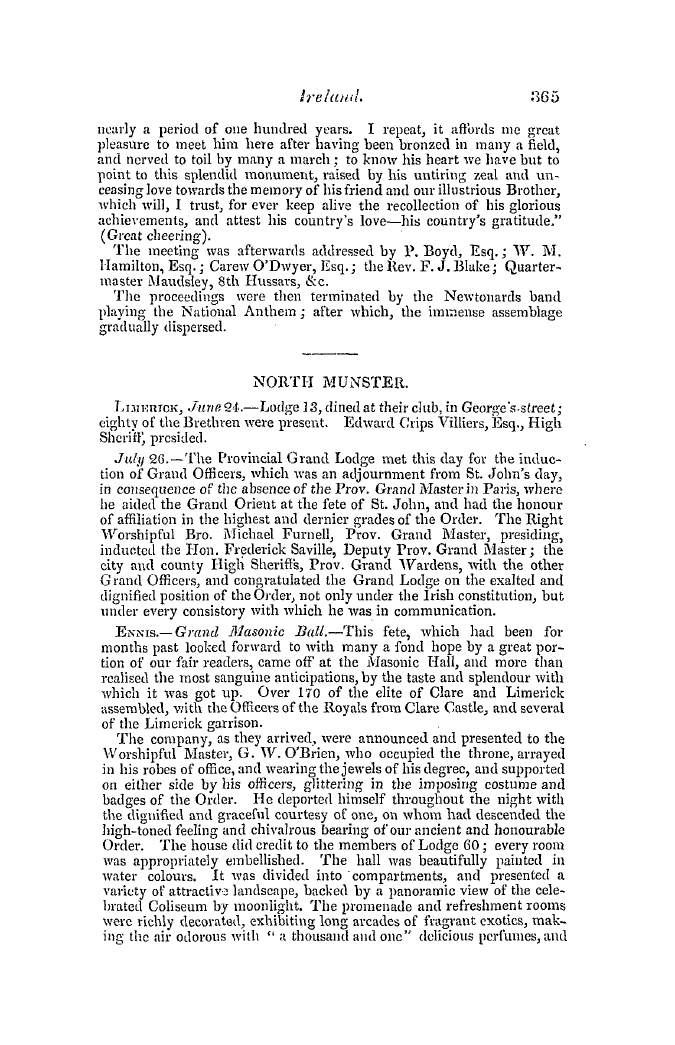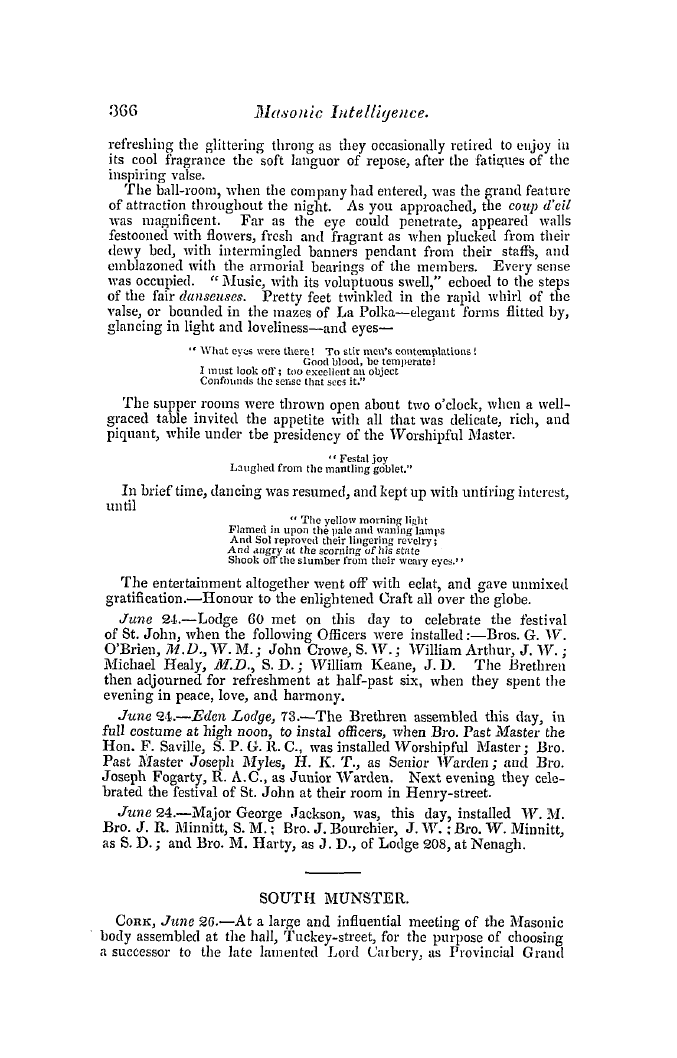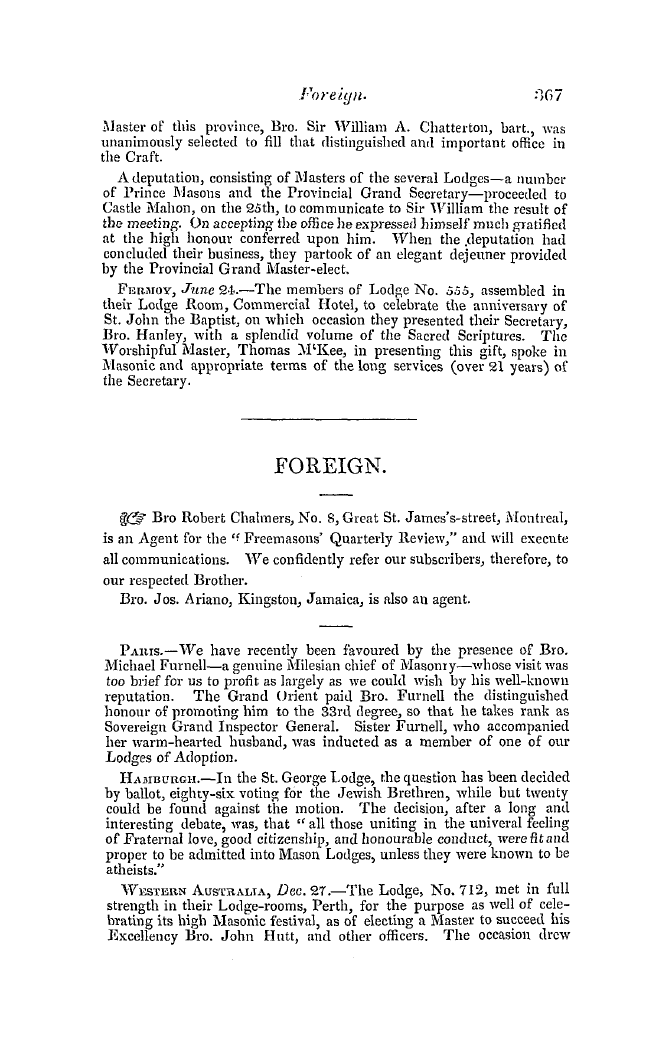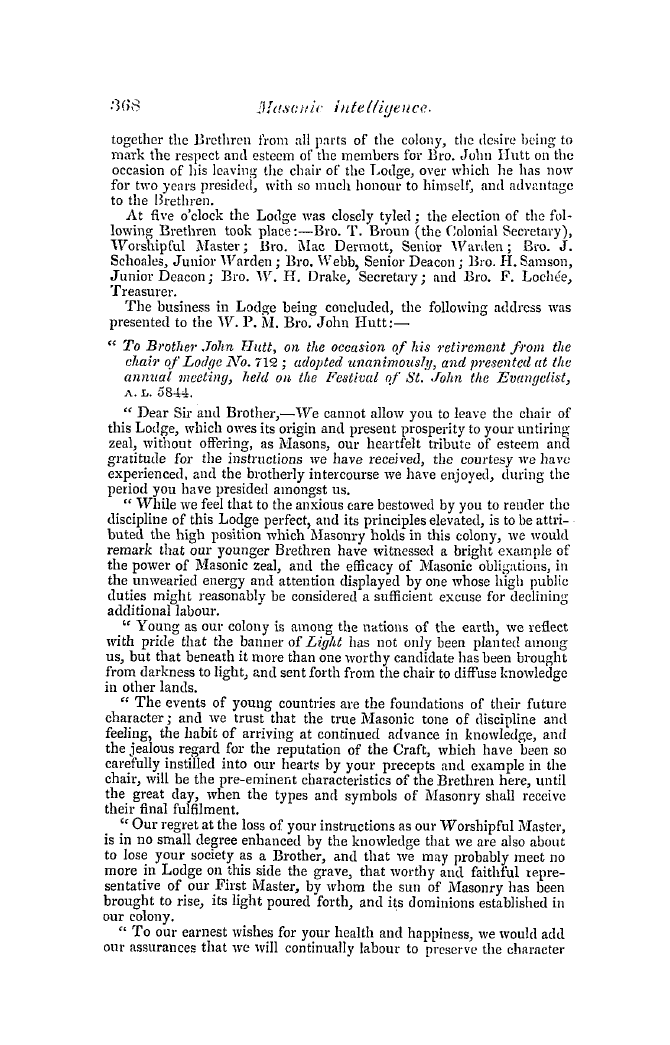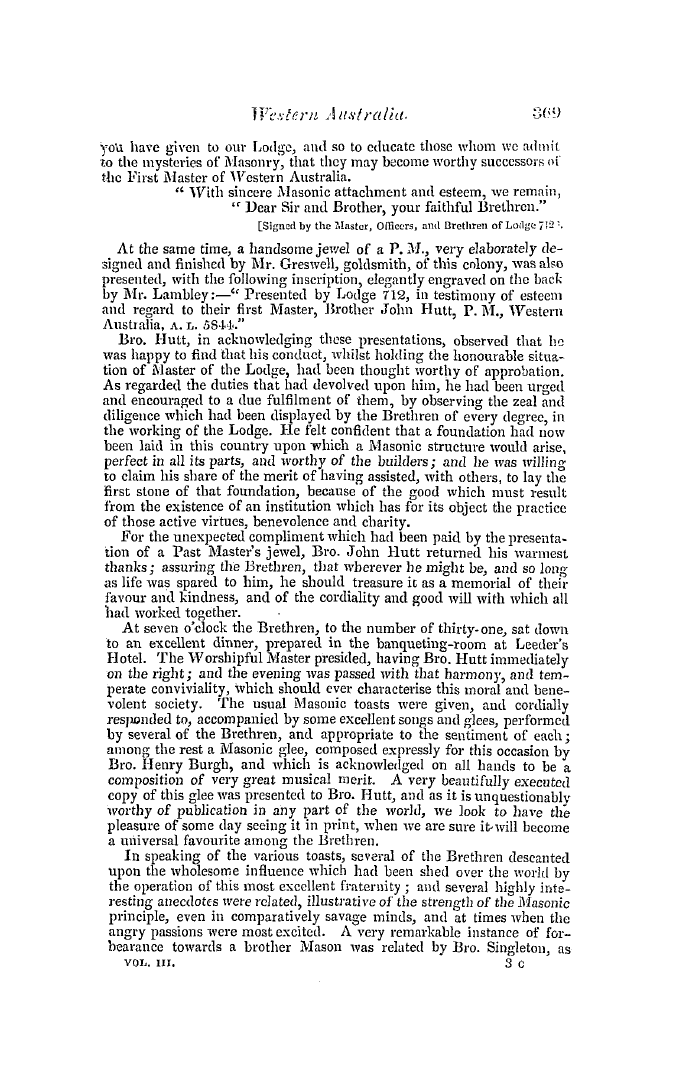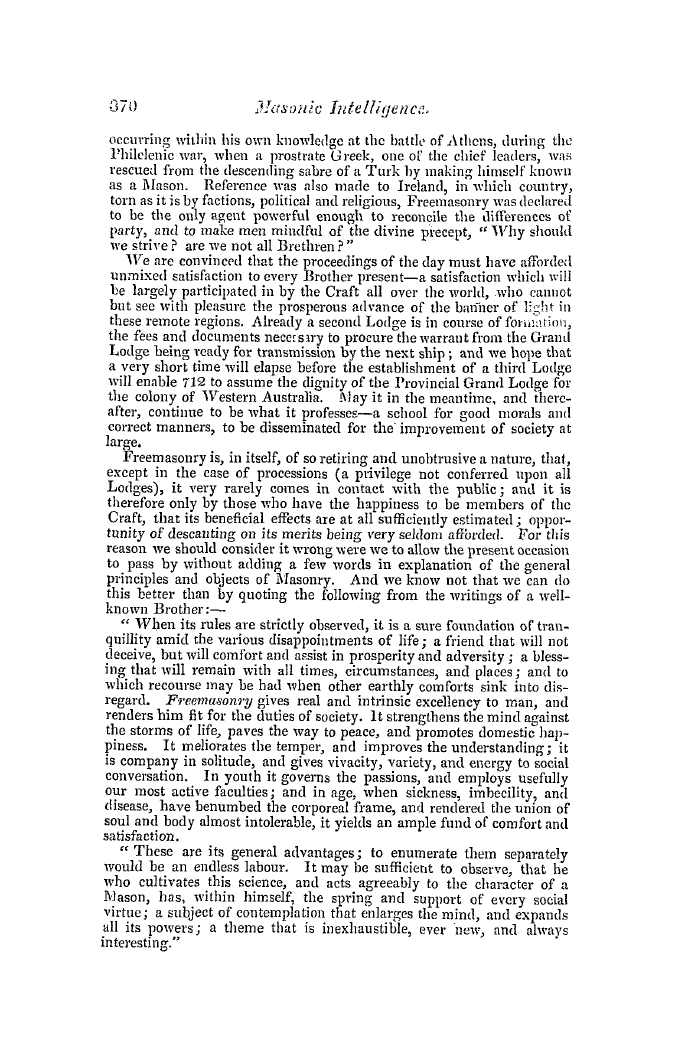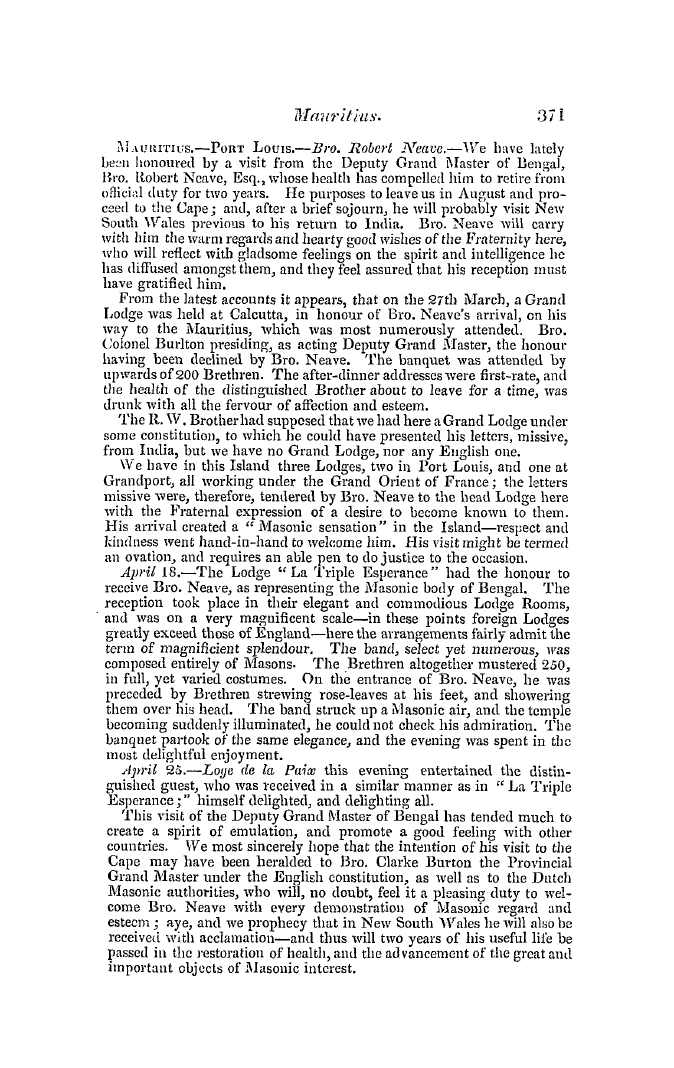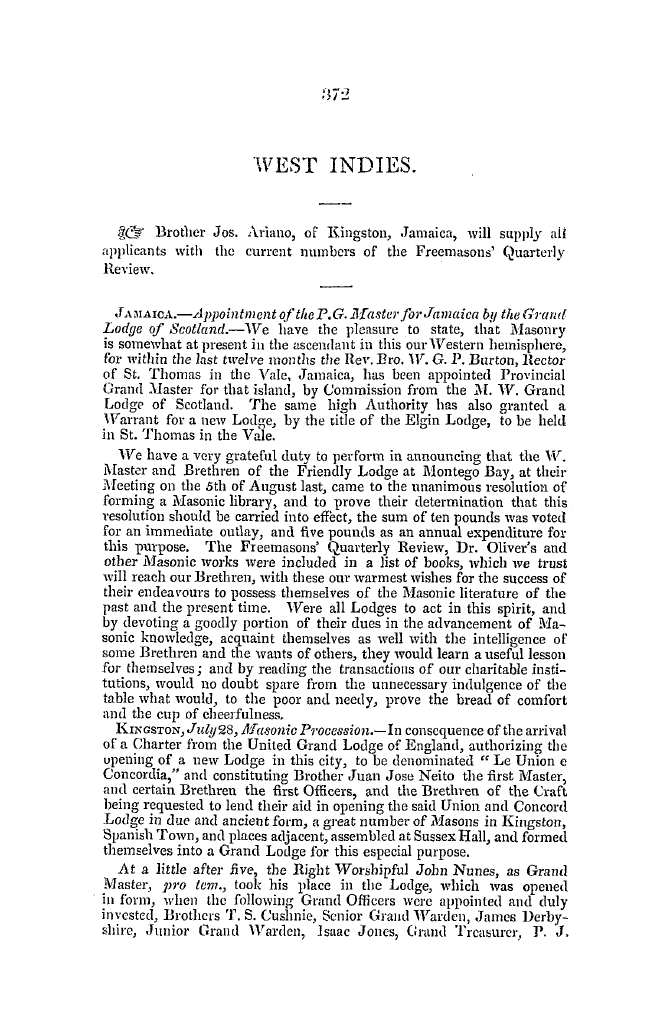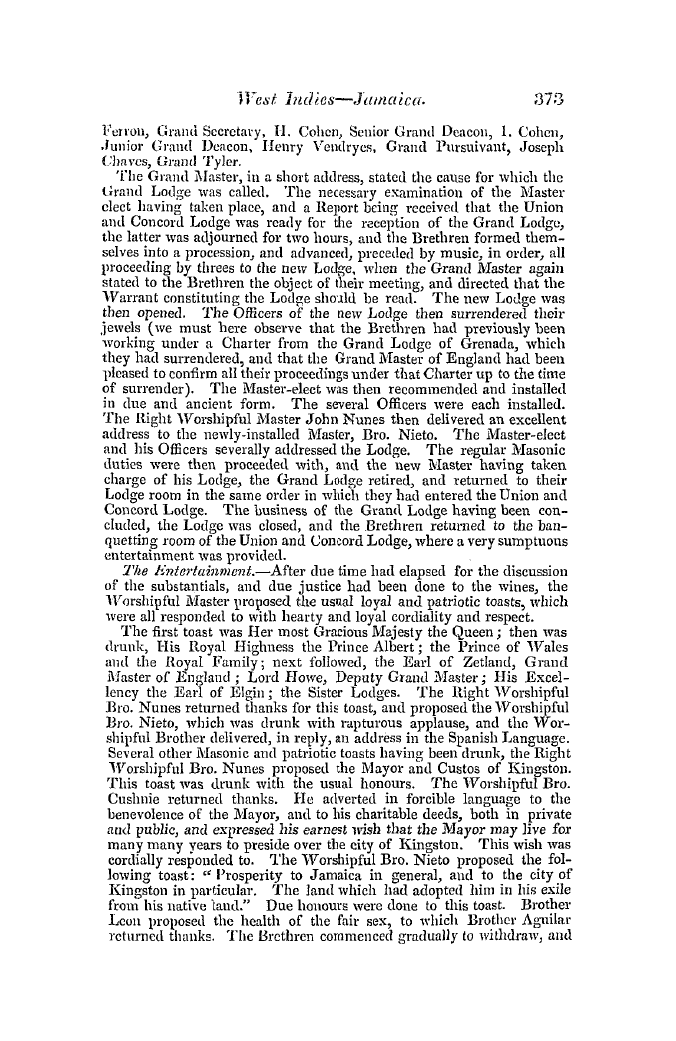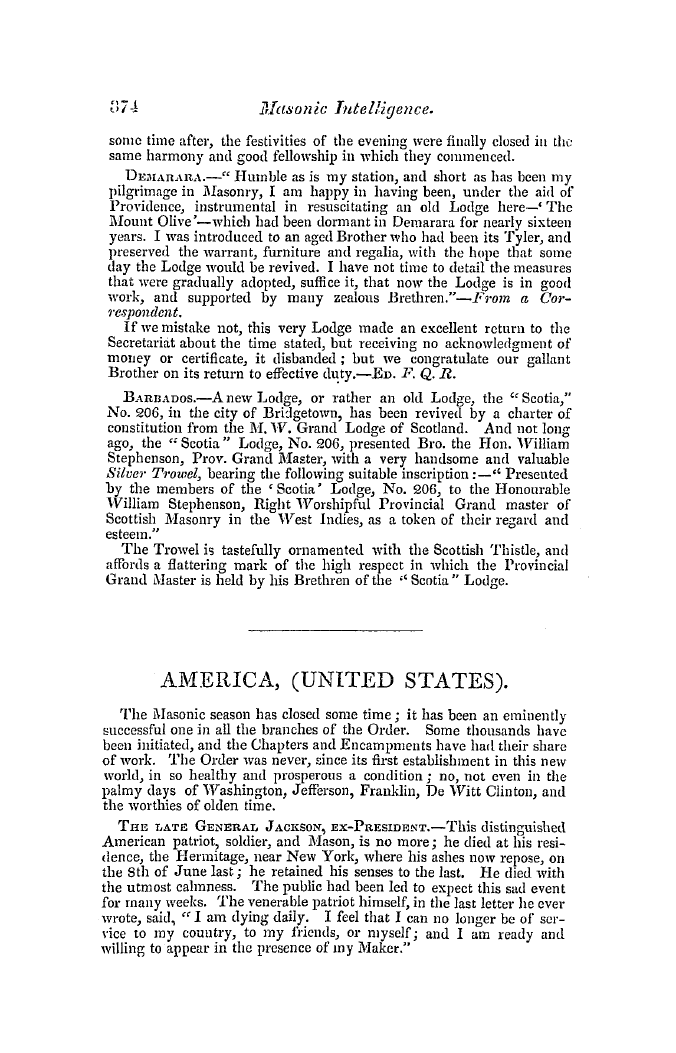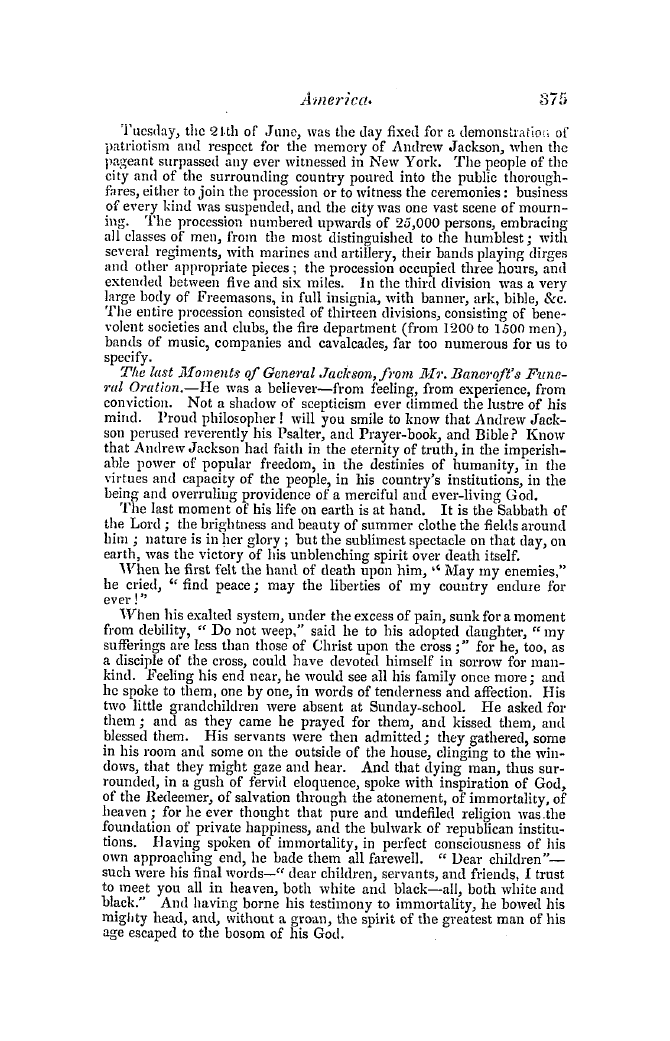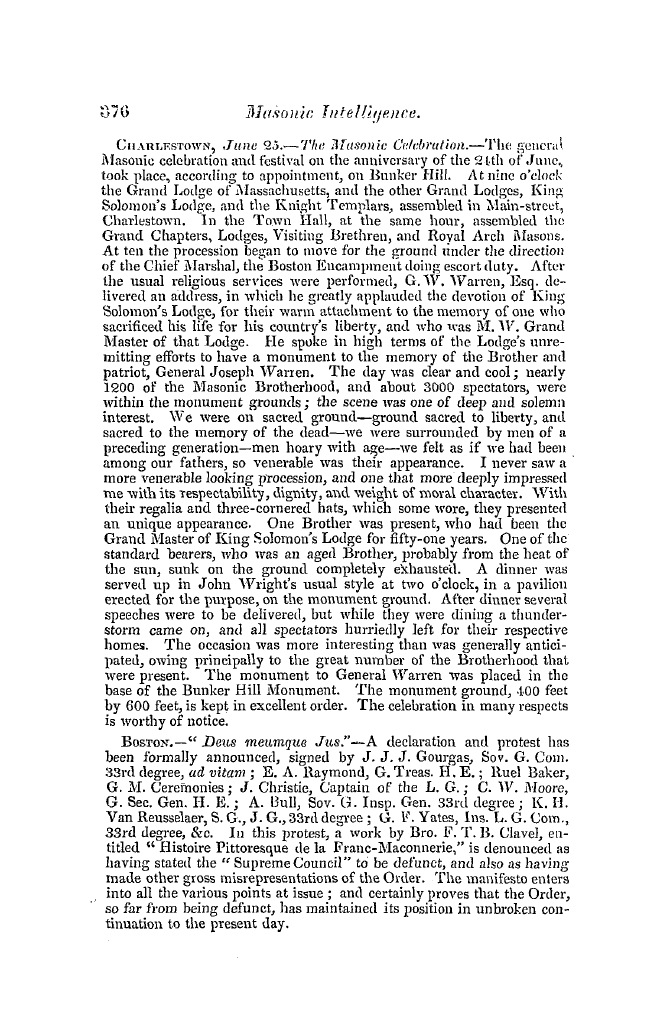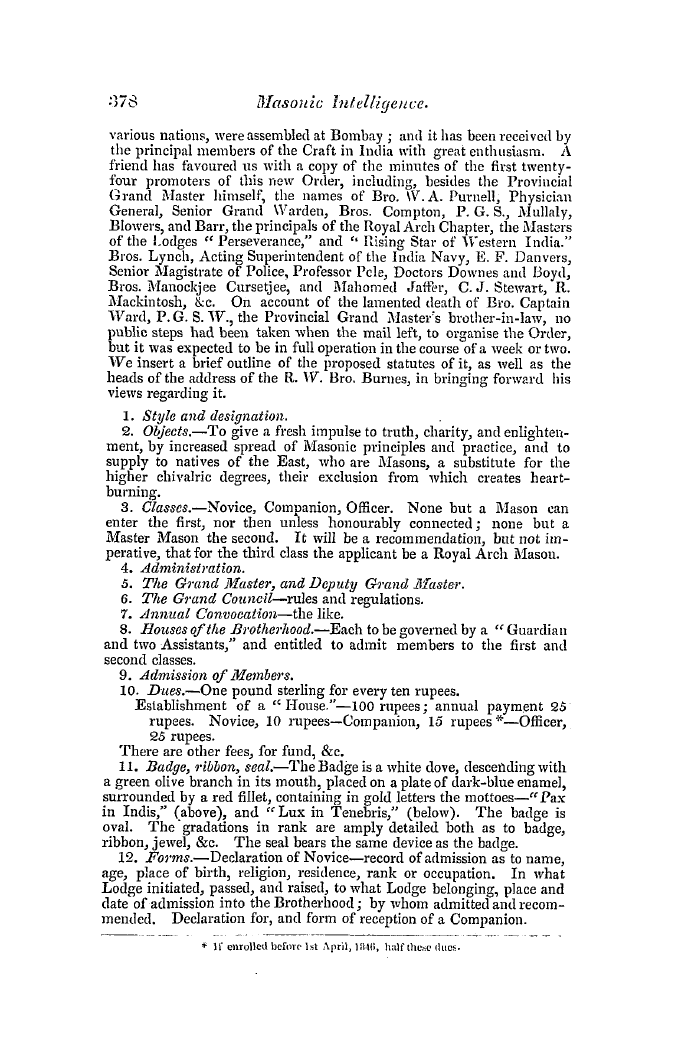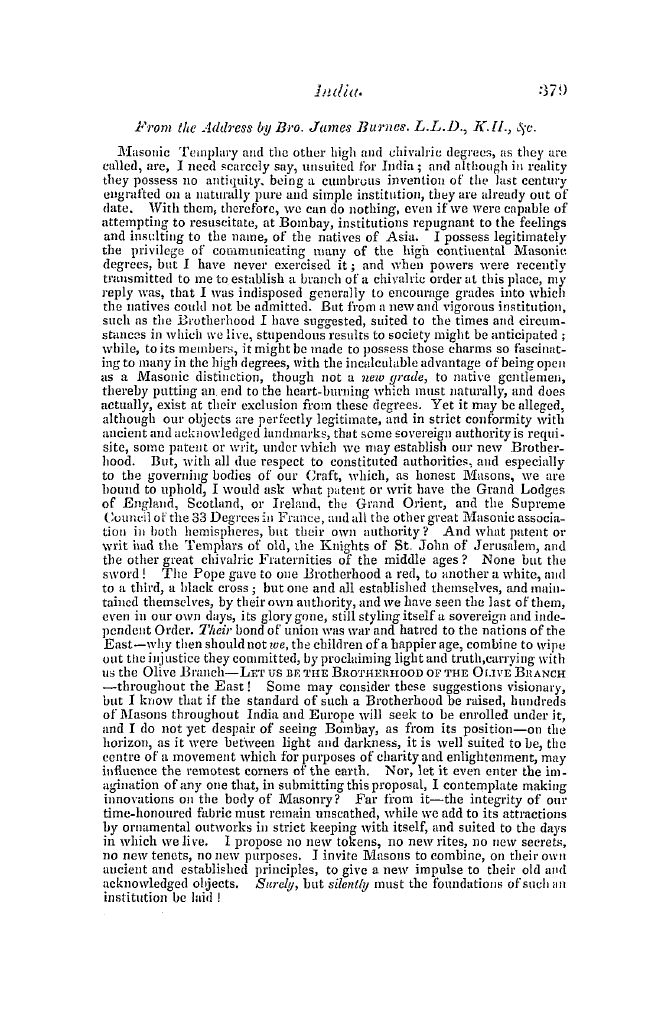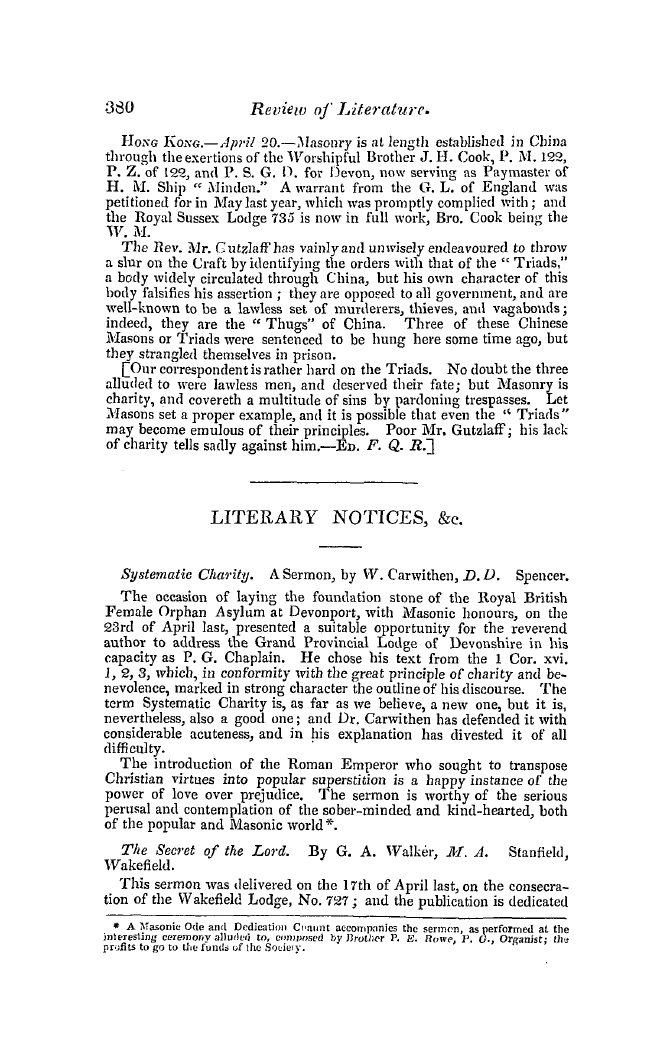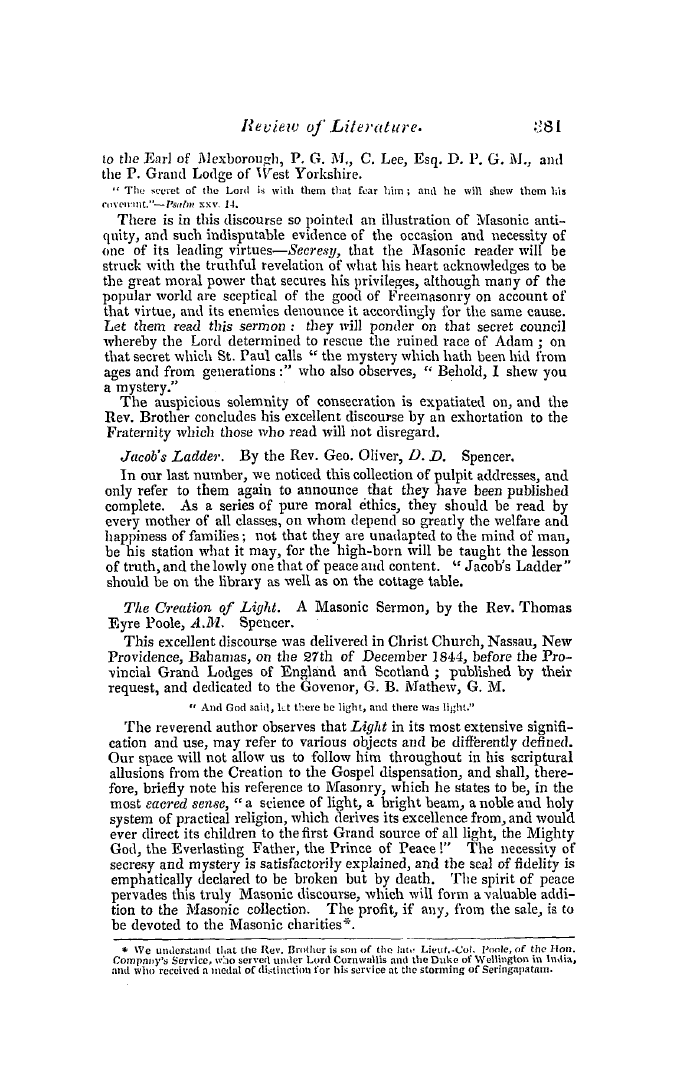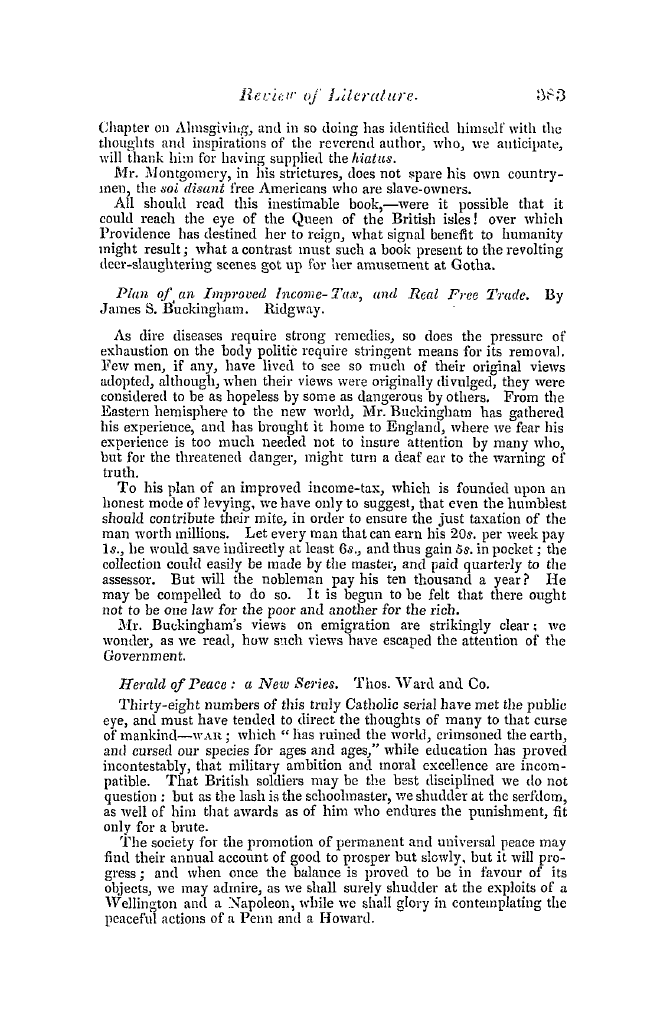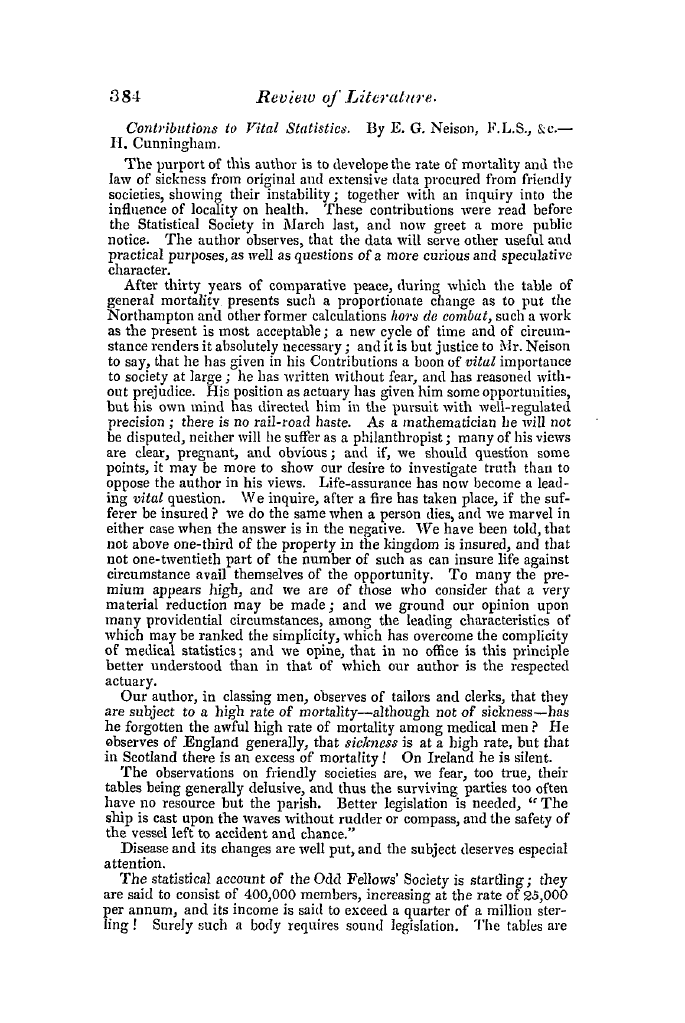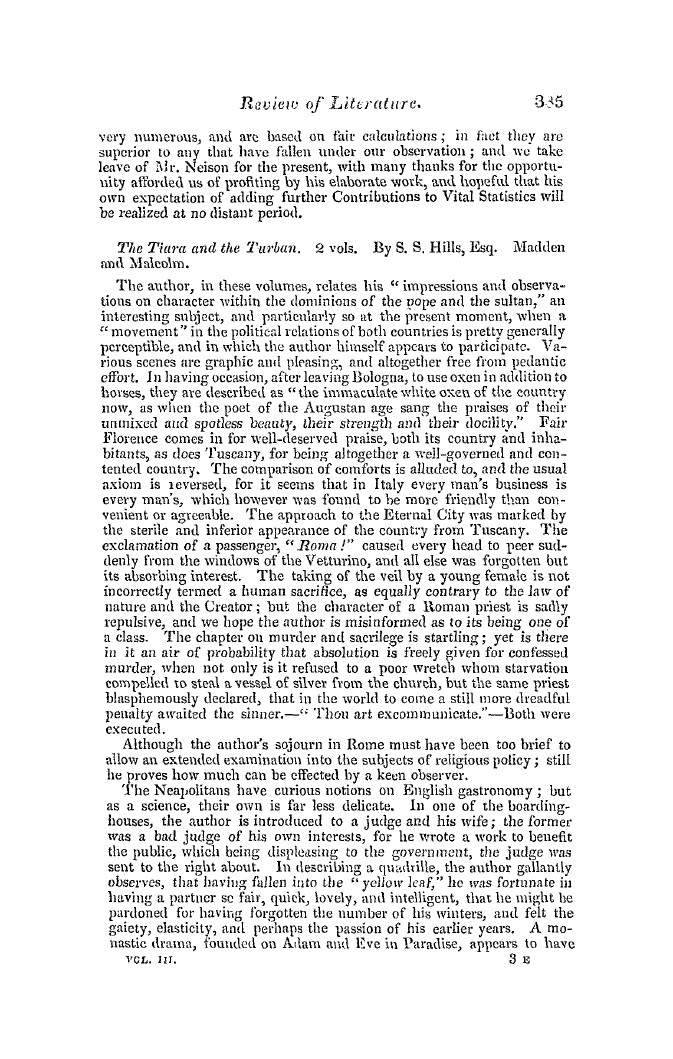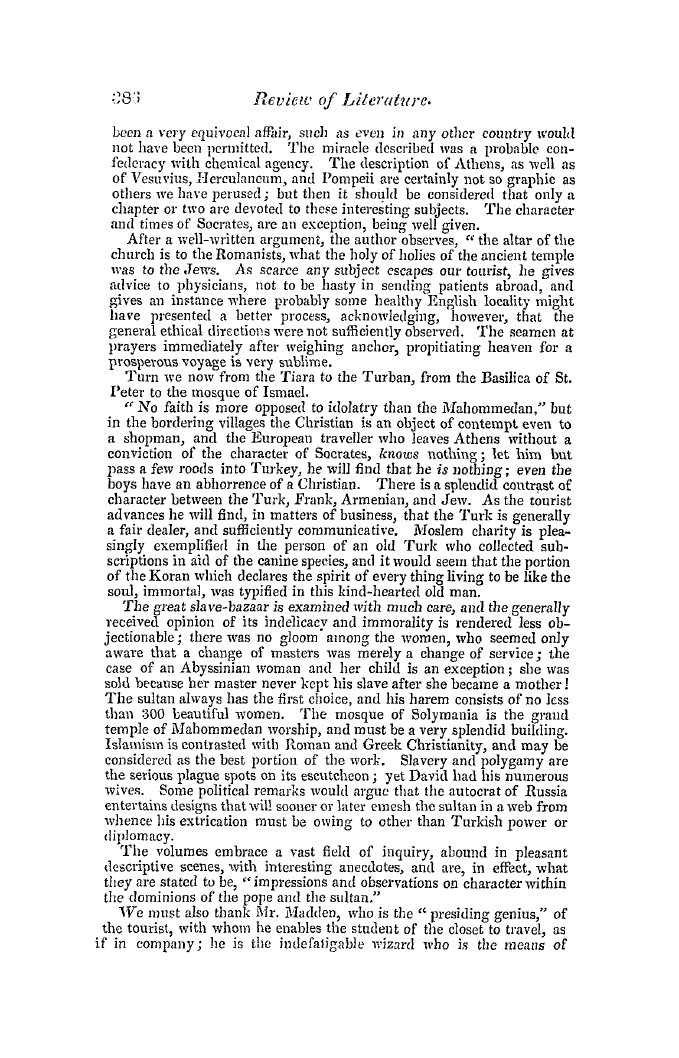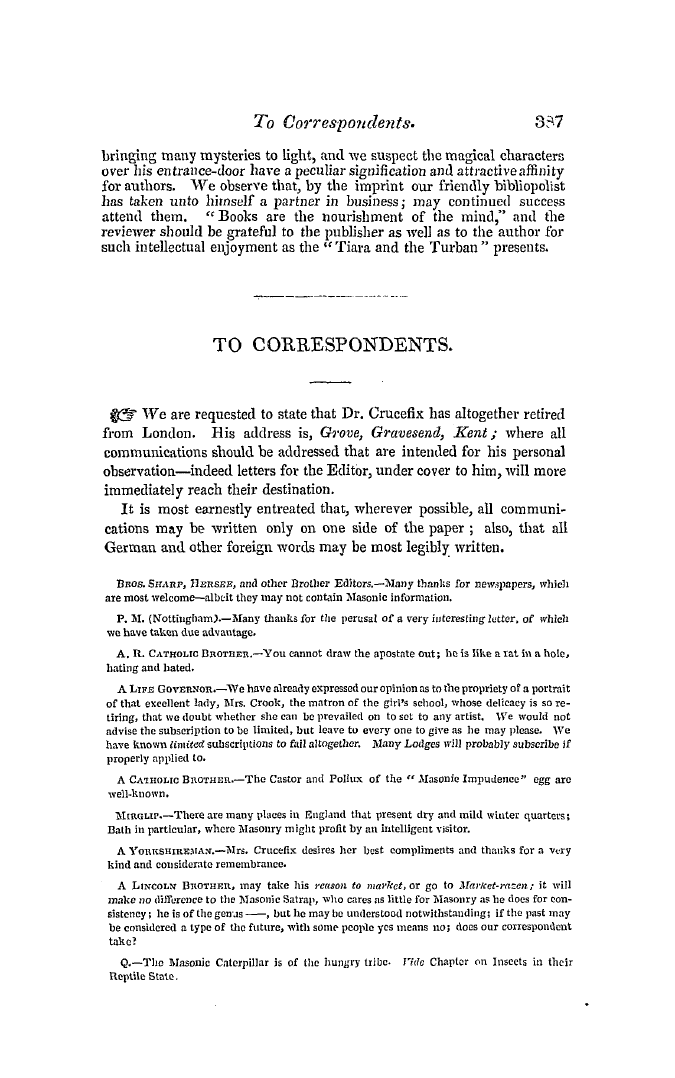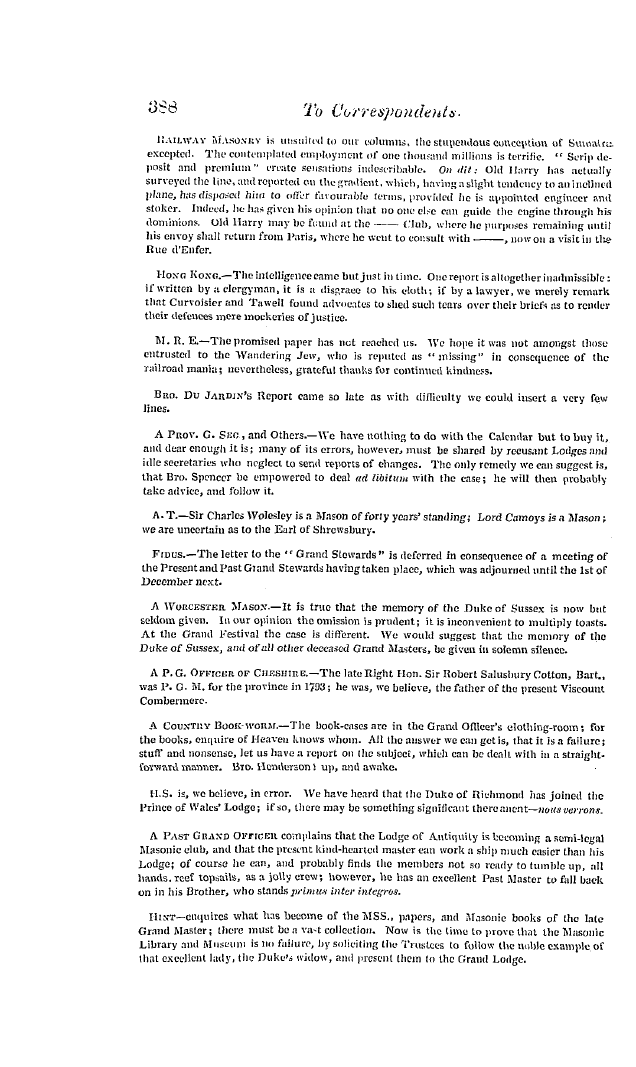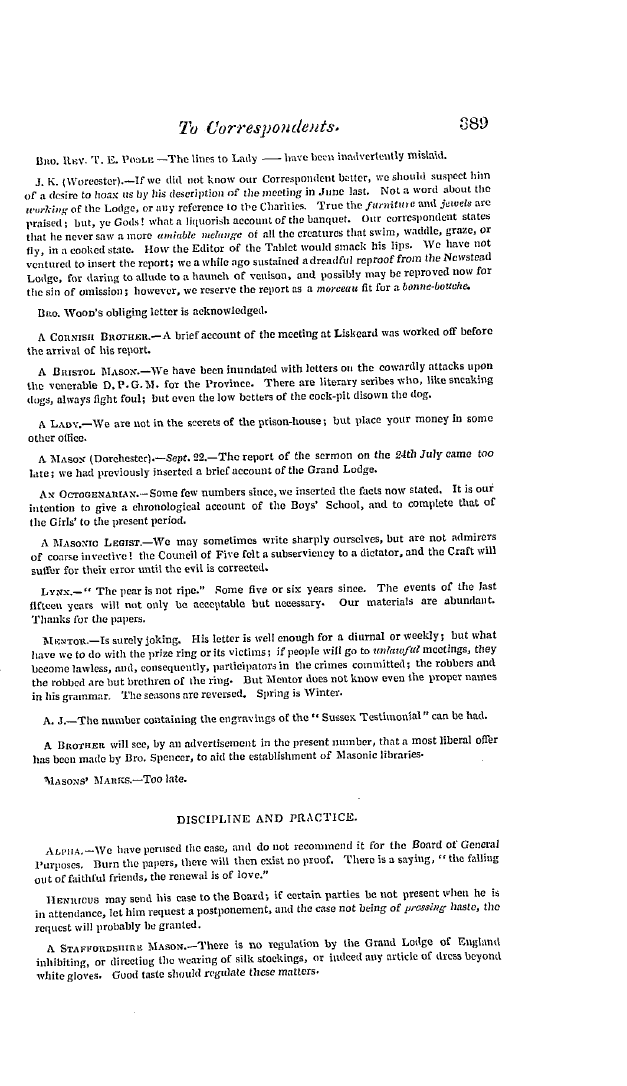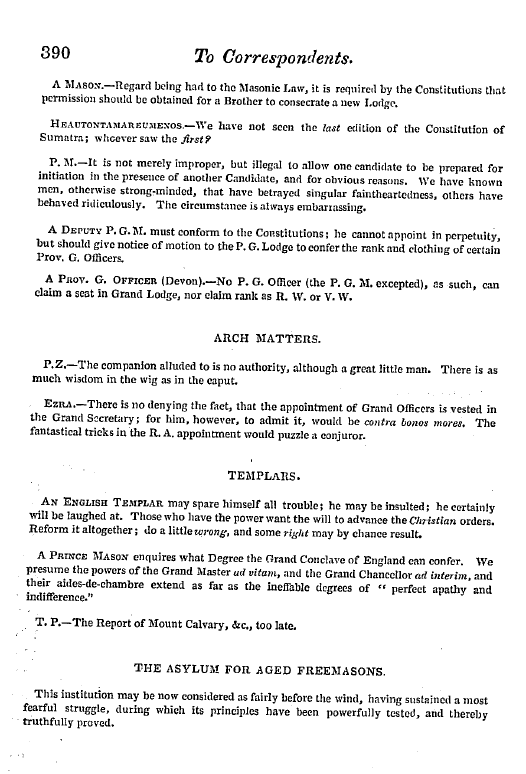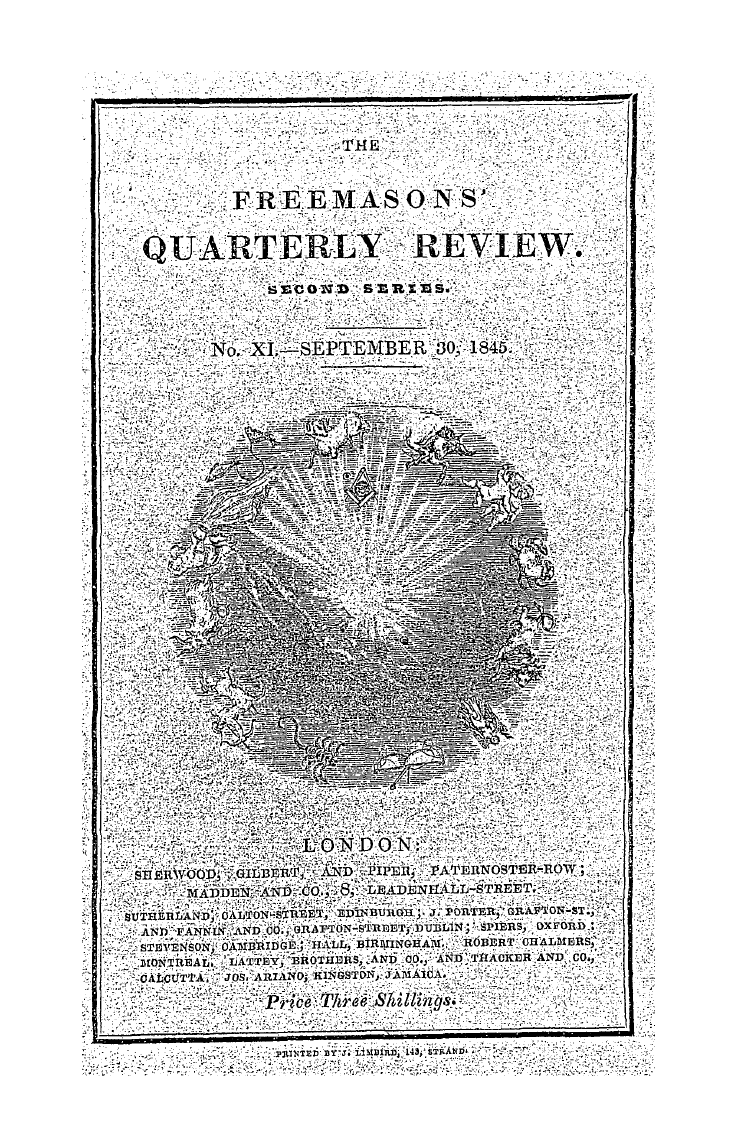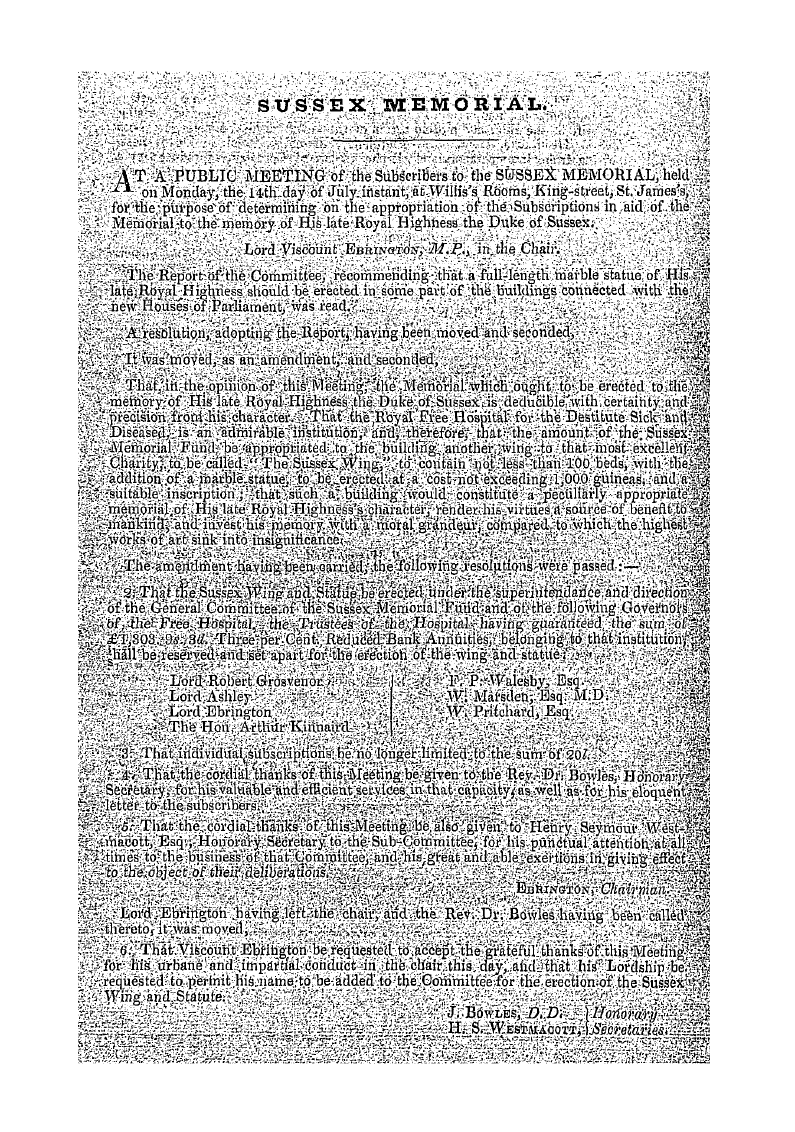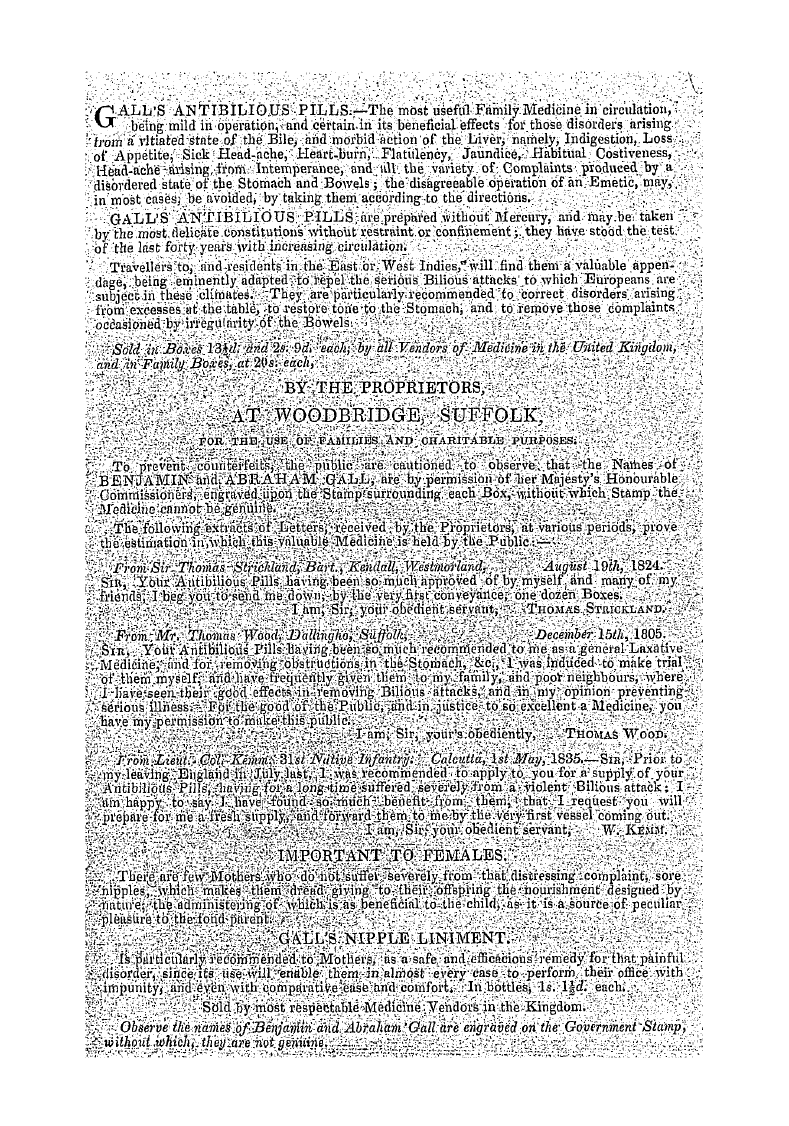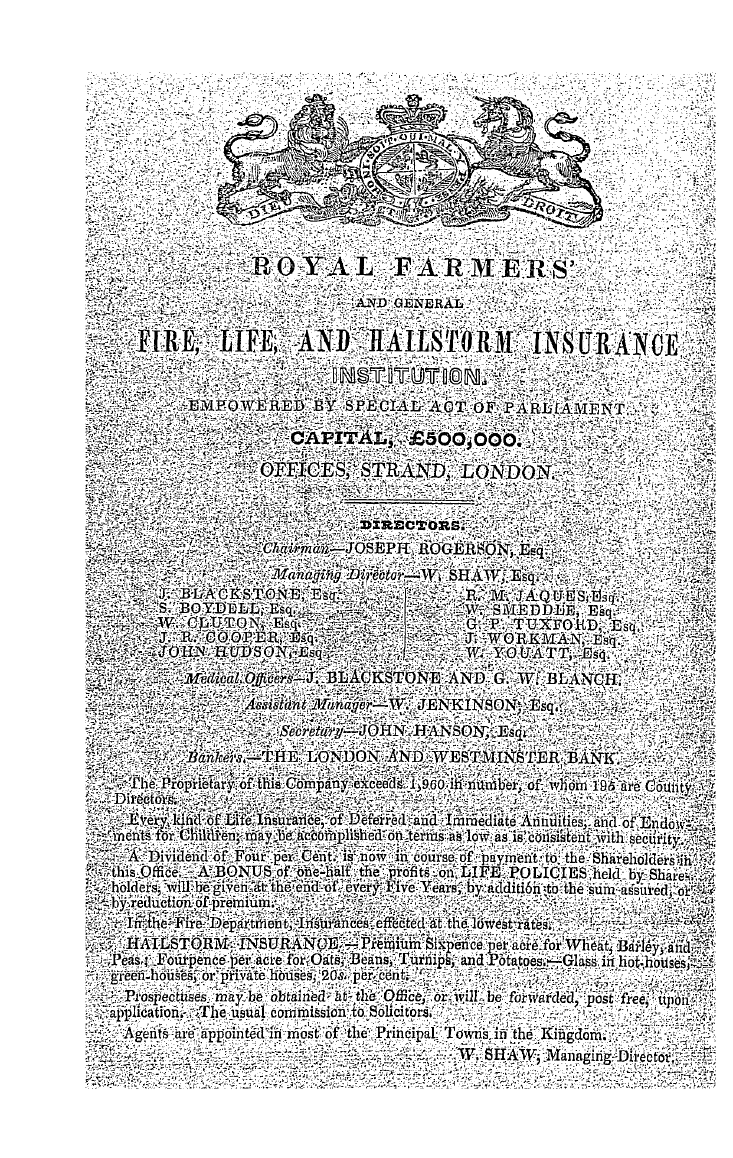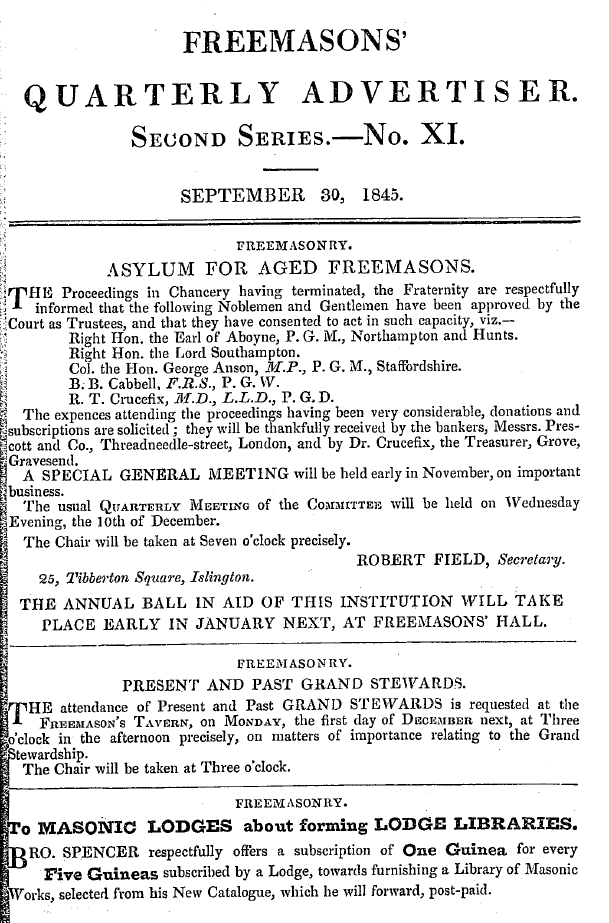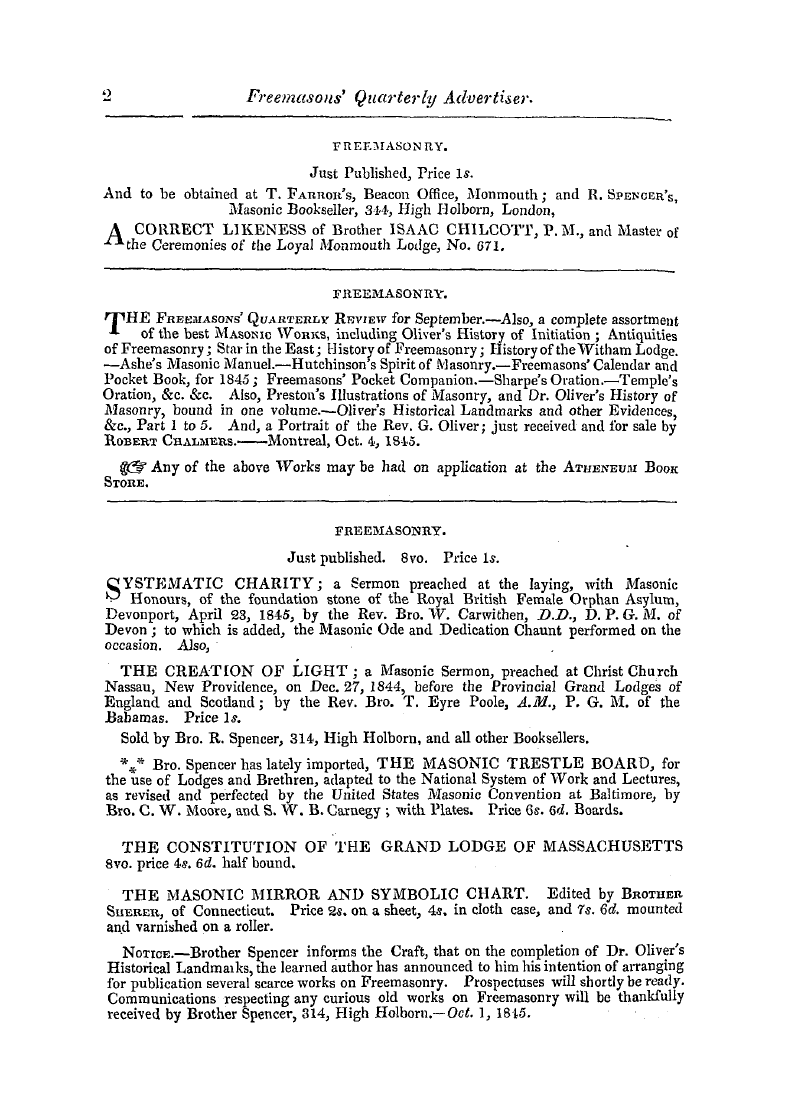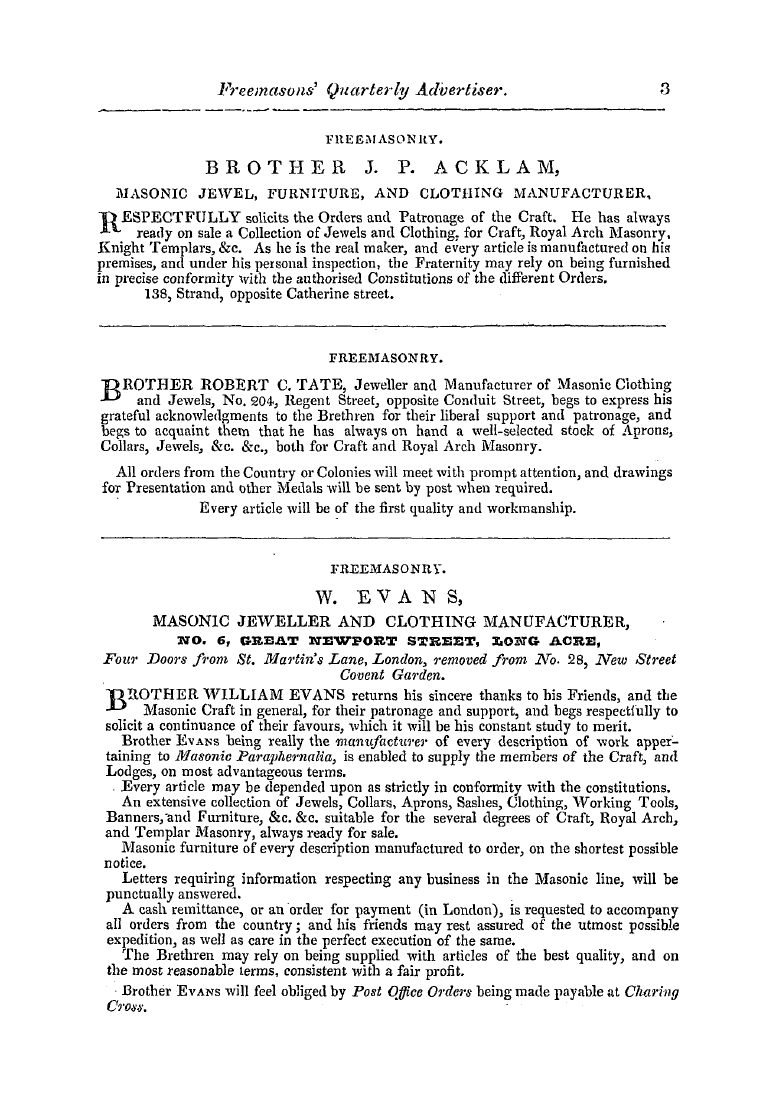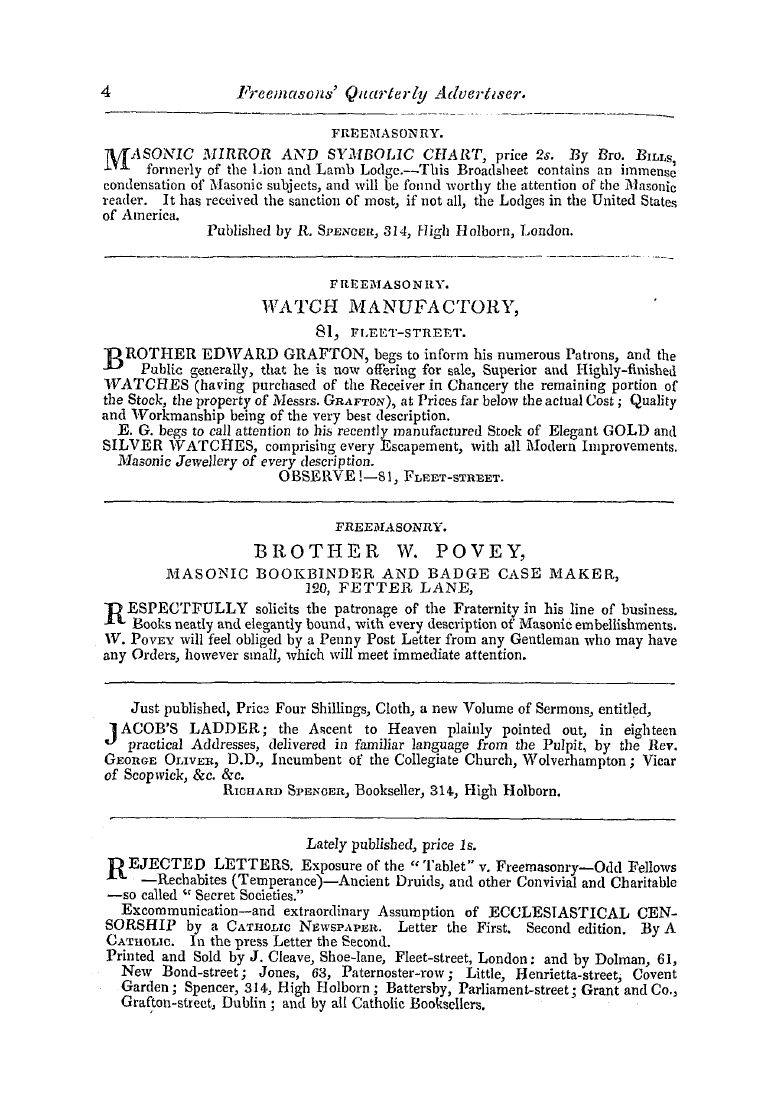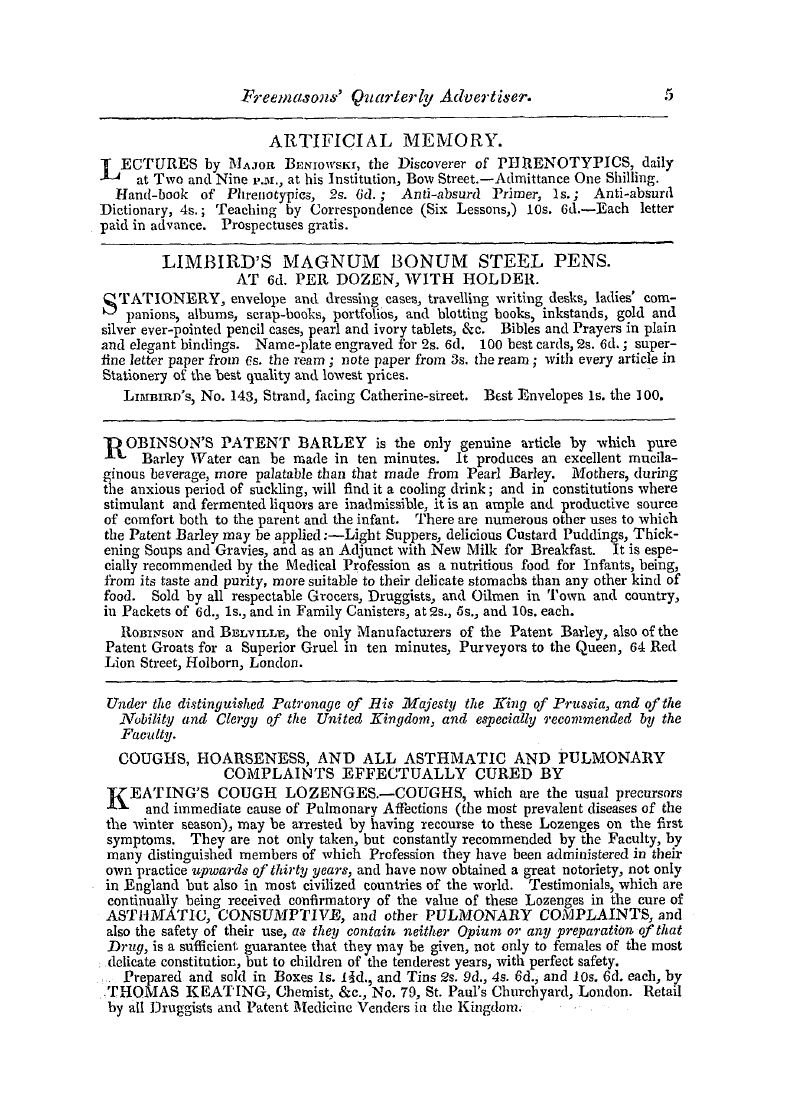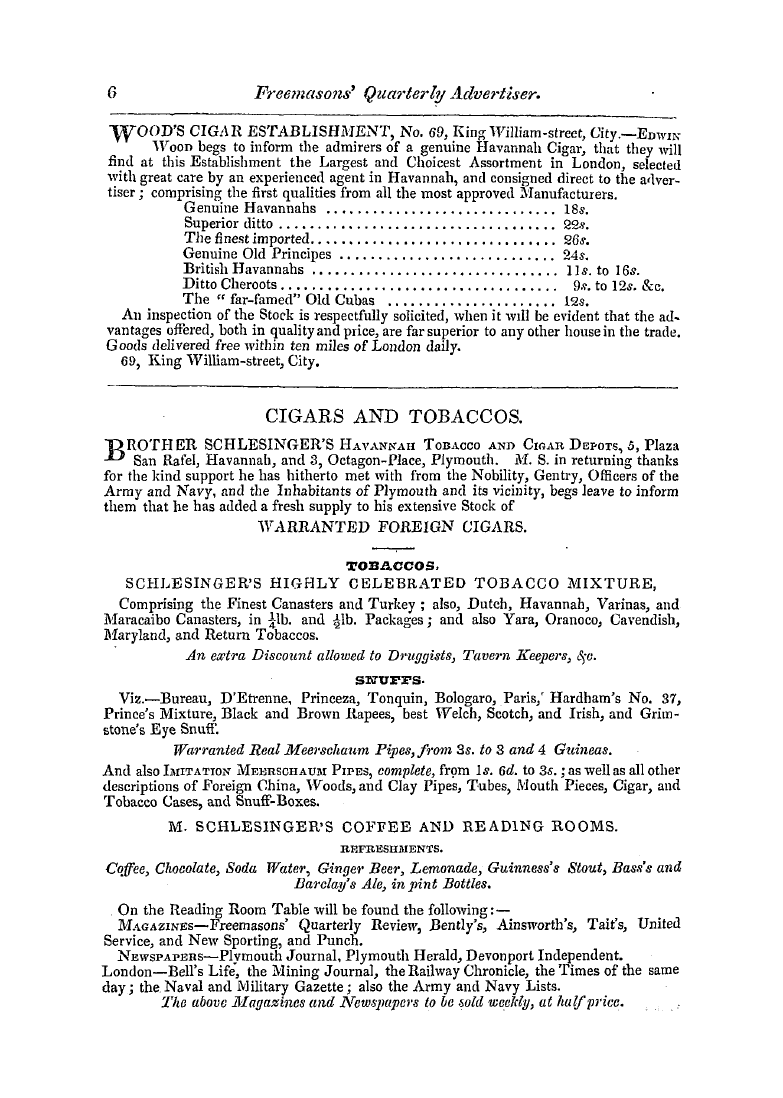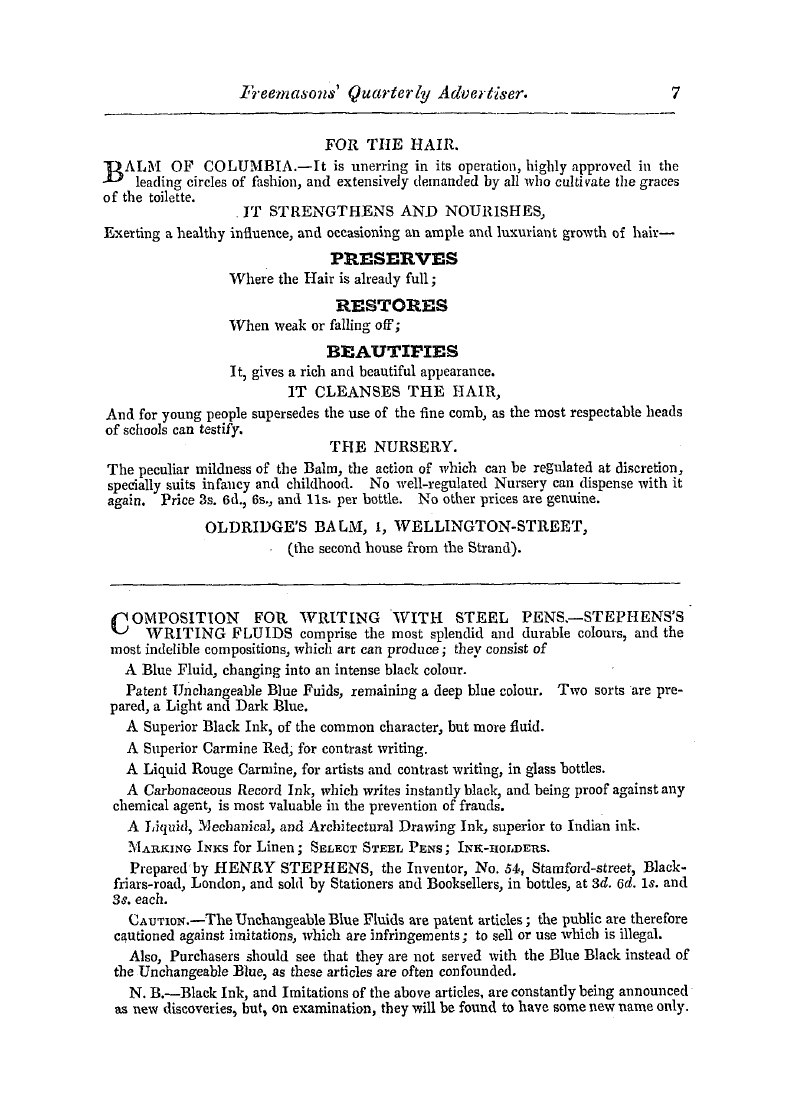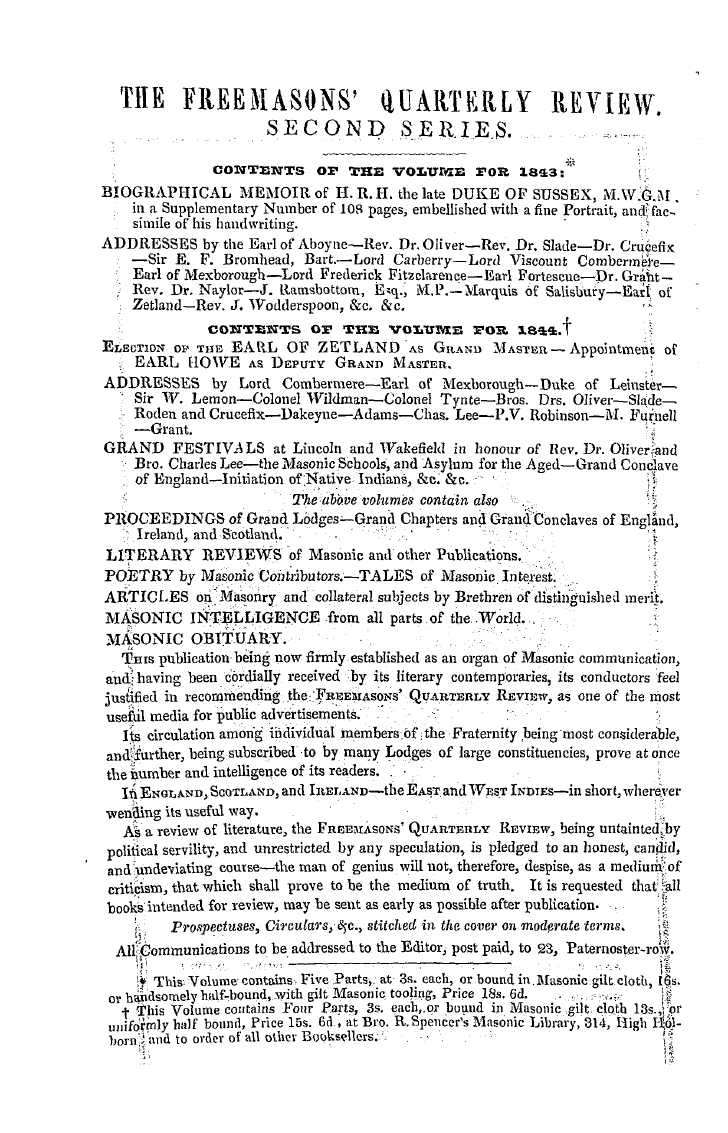-
Articles/Ads
Article LITERARY NOTICES, &c. ← Page 5 of 8 →
Note: This text has been automatically extracted via Optical Character Recognition (OCR) software.
Literary Notices, &C.
Contributions to Vital Statistics . By E . G . Neison , F . L . S ., & c . — II . Cunningham . The purport of this author is to develope the rate of mortality and the law of sickness from original and extensive data procured from friendly societies , showing their instability ; together with an inquiry into the influence of locality on health . These contributions were read before the Statistical Society in March lastand now greet a more public
, notice . The author observes , that the data will serve other useful and practical purposes , as well as questions of a more curious and speculative character . After thirty years of comparative peace , during which the table of general mortality presents such a proportionate change as to put the Northampton and other former calculations hors de combat , such a work as the present is most acceptable ; a new cycle of time and of
circumstance renders it absolutely necessary ; ancl it is but justice to Mr . Neison to say , that he has given in his Contributions a boon of vital importance to society at large ; he has written without fear , ancl has reasoned without prejudice . His position as actuary has given him some opportunities , but his own mind has directed him in the pursuit with well-regulated precision ; there is no rail-road haste . As a mathematician he will not be disputed , neither will he suffer as a philanthropist ; many of his views are clear , pregnant , ancl obvious ; ancl if , we should question some points , it may be more to show our desire to investigate truth than to
oppose the author in his views . Life-assurance has now become a leading vital question . We inquire , after a fire has taken p lace , if the sufferer be insured ? we do the same when a person dies , and we marvel in either case when the answer is in the negative . AVe have been told , that not above one-third of the property in the kingdom is insured , and that not one-twentieth part of the number of such as can insure life against circumstance avail themselves of the opportunity . To many the
premium appears high , and we are of those who consider that a very material reduction may be made ; ancl we ground our opinion upon many providential circumstances , among the leading characteristics of which may be ranked the simplicity , which has overcome the complicity of medical statistics ; and we opine , that in no office is this principle better understood than in that of which our author is the respected actuary .
Our author , in classing men , observes of tailors and clerks , that they are subject to a high rate of mortality—although not of sickness—has he forgotten the awful high rate of mortality among medical men ? He observes of England generally , that sickness is at a high rate , but that in Scotland there is an excess of mortality . ' On Ireland he is silent . The observations on friendly societies are , we fear , too true , their tables being generally delusive , and thus the surviving parties too often have no resource but the parish . Better legislation is needed , " The ship is cast upon the waves ivithout rudder or compass , and the safety of the vessel left to accident and chance . "
Disease and its changes are well put , and the subject deserves especial attention . The statistical account of the Odd Fellows' Society is startling ; they are said to consist of 400 , 000 members , increasing at the rate of 25 , 000 per annum , and its income is said to exceed a quarter of a million sterling ! Surely such a body requires sound legislation . The tables are
Note: This text has been automatically extracted via Optical Character Recognition (OCR) software.
Literary Notices, &C.
Contributions to Vital Statistics . By E . G . Neison , F . L . S ., & c . — II . Cunningham . The purport of this author is to develope the rate of mortality and the law of sickness from original and extensive data procured from friendly societies , showing their instability ; together with an inquiry into the influence of locality on health . These contributions were read before the Statistical Society in March lastand now greet a more public
, notice . The author observes , that the data will serve other useful and practical purposes , as well as questions of a more curious and speculative character . After thirty years of comparative peace , during which the table of general mortality presents such a proportionate change as to put the Northampton and other former calculations hors de combat , such a work as the present is most acceptable ; a new cycle of time and of
circumstance renders it absolutely necessary ; ancl it is but justice to Mr . Neison to say , that he has given in his Contributions a boon of vital importance to society at large ; he has written without fear , ancl has reasoned without prejudice . His position as actuary has given him some opportunities , but his own mind has directed him in the pursuit with well-regulated precision ; there is no rail-road haste . As a mathematician he will not be disputed , neither will he suffer as a philanthropist ; many of his views are clear , pregnant , ancl obvious ; ancl if , we should question some points , it may be more to show our desire to investigate truth than to
oppose the author in his views . Life-assurance has now become a leading vital question . We inquire , after a fire has taken p lace , if the sufferer be insured ? we do the same when a person dies , and we marvel in either case when the answer is in the negative . AVe have been told , that not above one-third of the property in the kingdom is insured , and that not one-twentieth part of the number of such as can insure life against circumstance avail themselves of the opportunity . To many the
premium appears high , and we are of those who consider that a very material reduction may be made ; ancl we ground our opinion upon many providential circumstances , among the leading characteristics of which may be ranked the simplicity , which has overcome the complicity of medical statistics ; and we opine , that in no office is this principle better understood than in that of which our author is the respected actuary .
Our author , in classing men , observes of tailors and clerks , that they are subject to a high rate of mortality—although not of sickness—has he forgotten the awful high rate of mortality among medical men ? He observes of England generally , that sickness is at a high rate , but that in Scotland there is an excess of mortality . ' On Ireland he is silent . The observations on friendly societies are , we fear , too true , their tables being generally delusive , and thus the surviving parties too often have no resource but the parish . Better legislation is needed , " The ship is cast upon the waves ivithout rudder or compass , and the safety of the vessel left to accident and chance . "
Disease and its changes are well put , and the subject deserves especial attention . The statistical account of the Odd Fellows' Society is startling ; they are said to consist of 400 , 000 members , increasing at the rate of 25 , 000 per annum , and its income is said to exceed a quarter of a million sterling ! Surely such a body requires sound legislation . The tables are































































